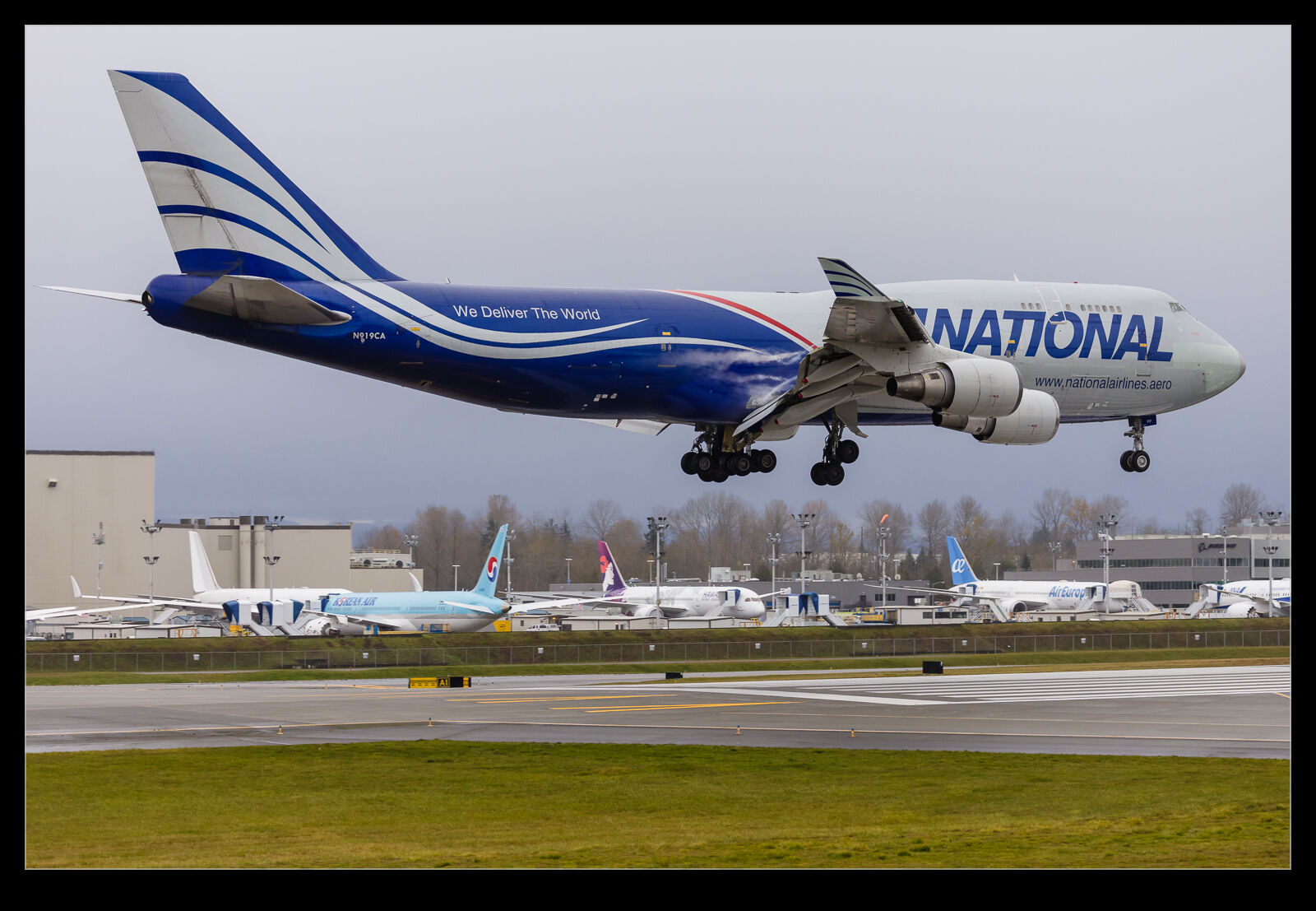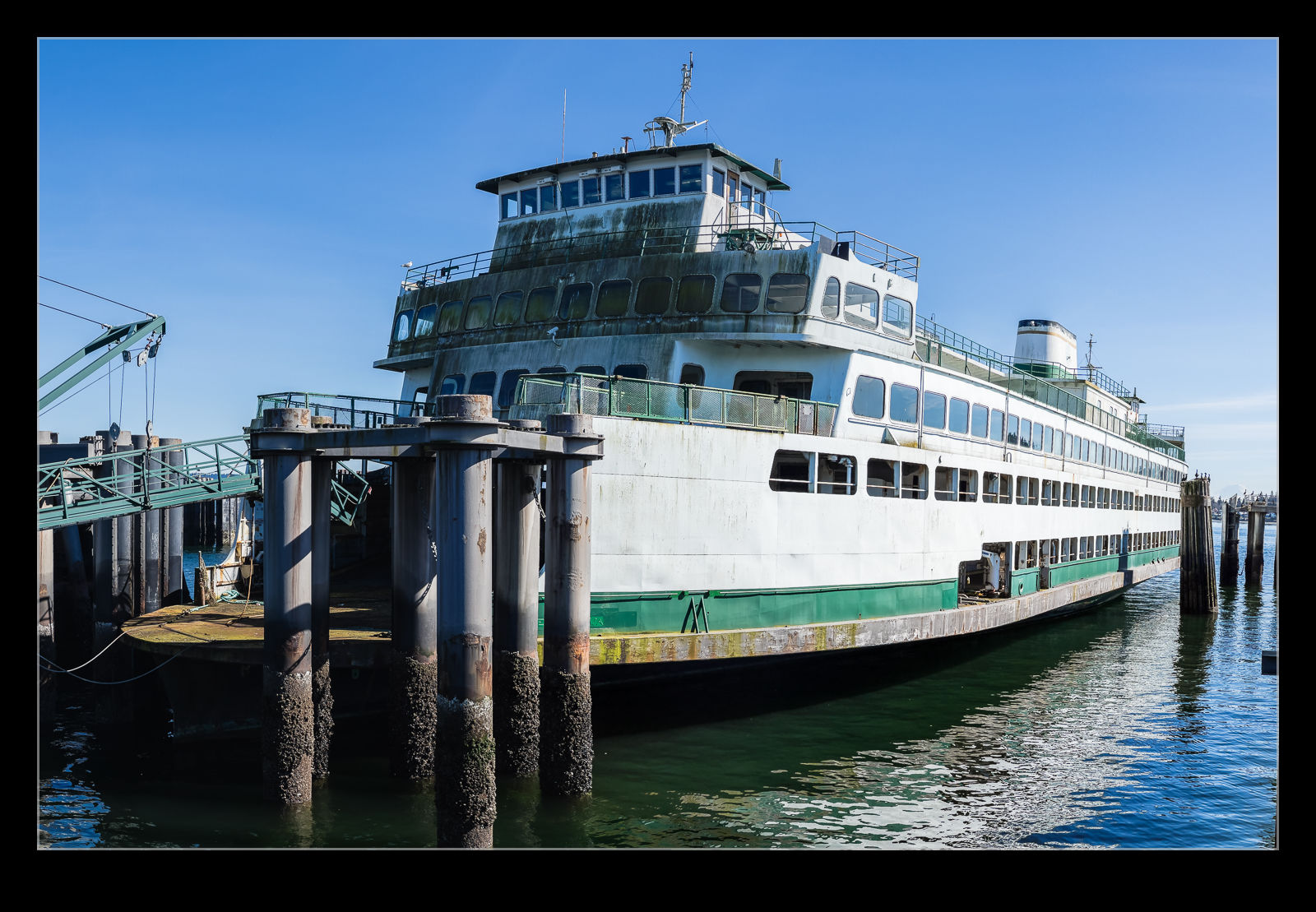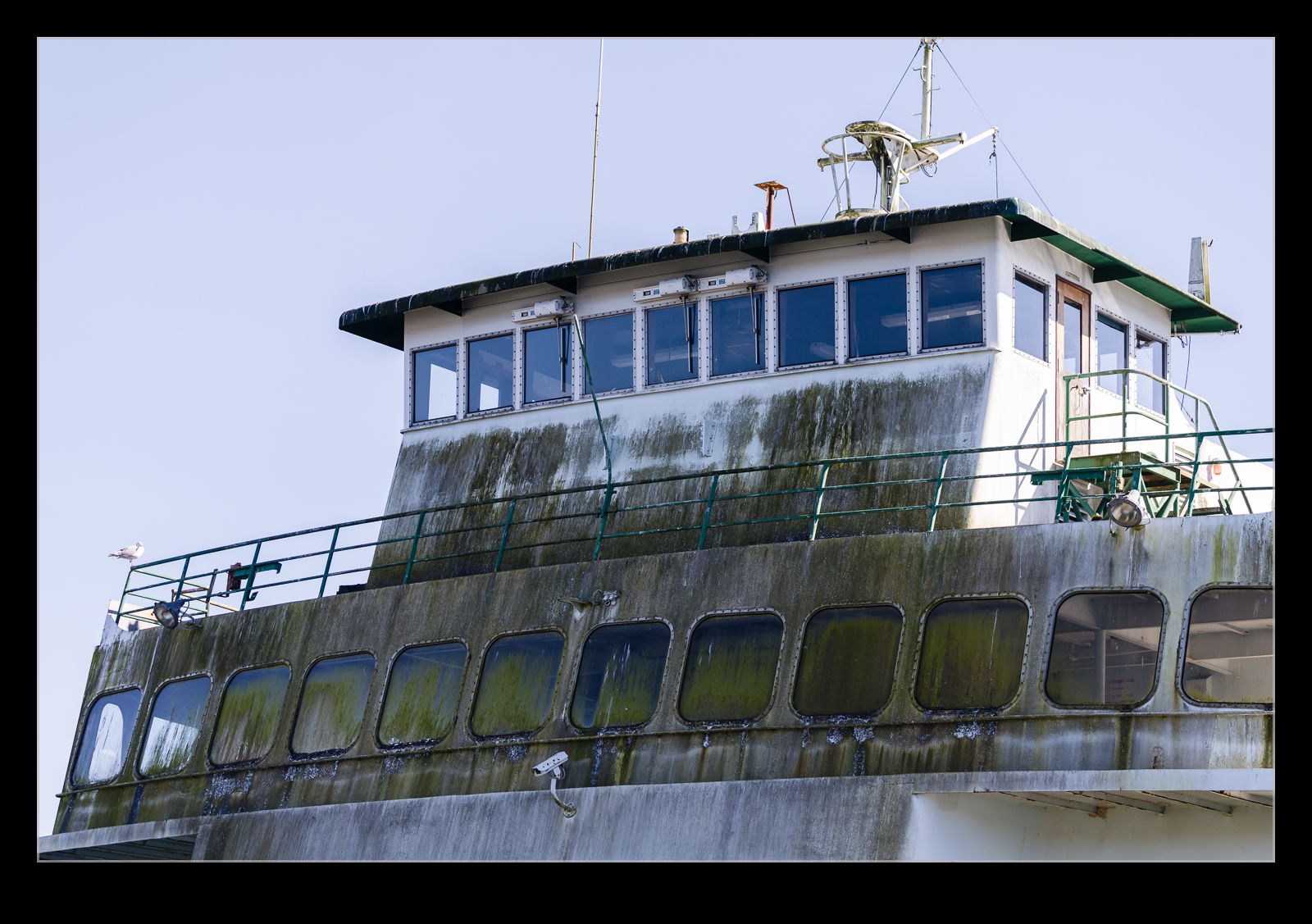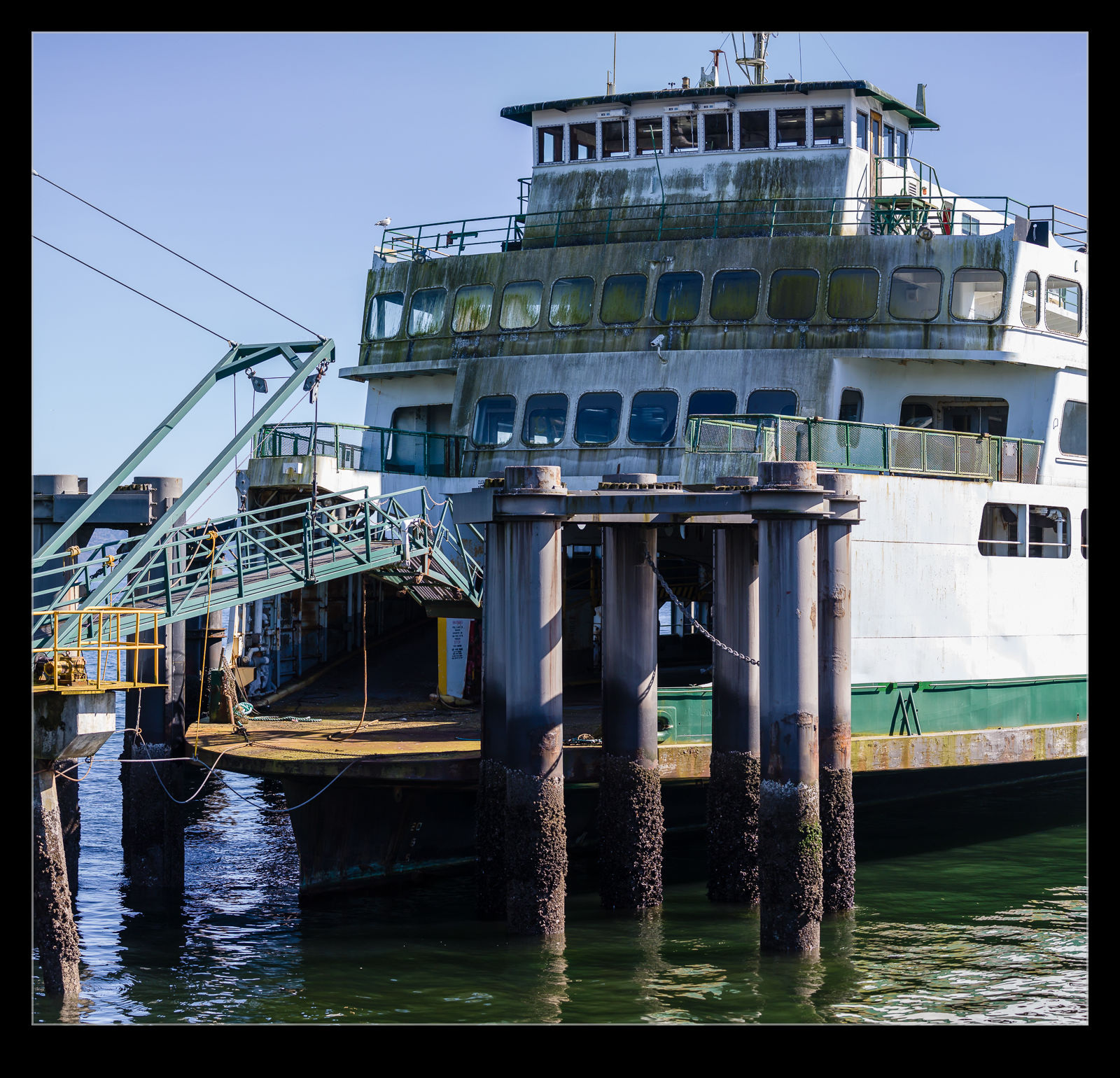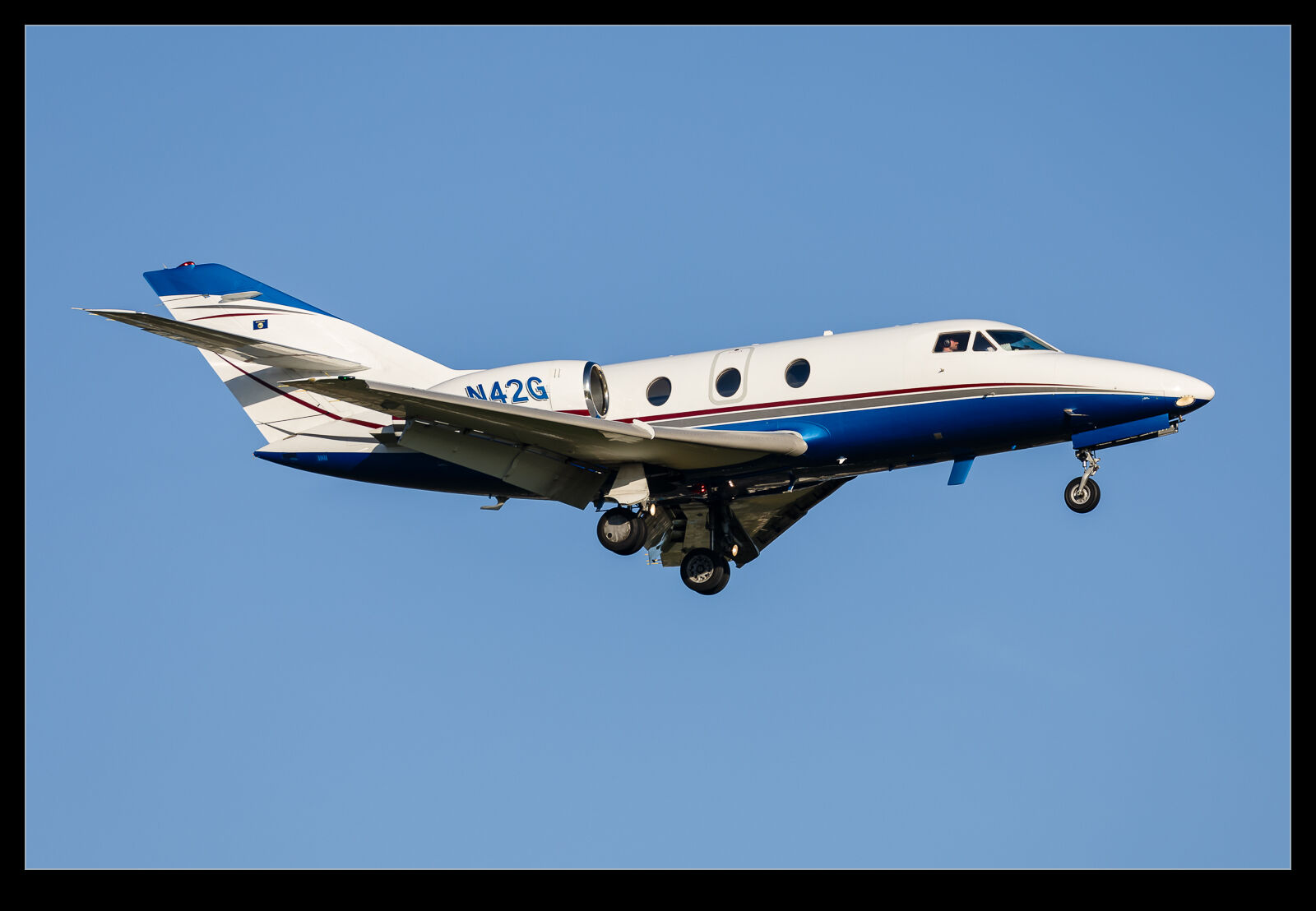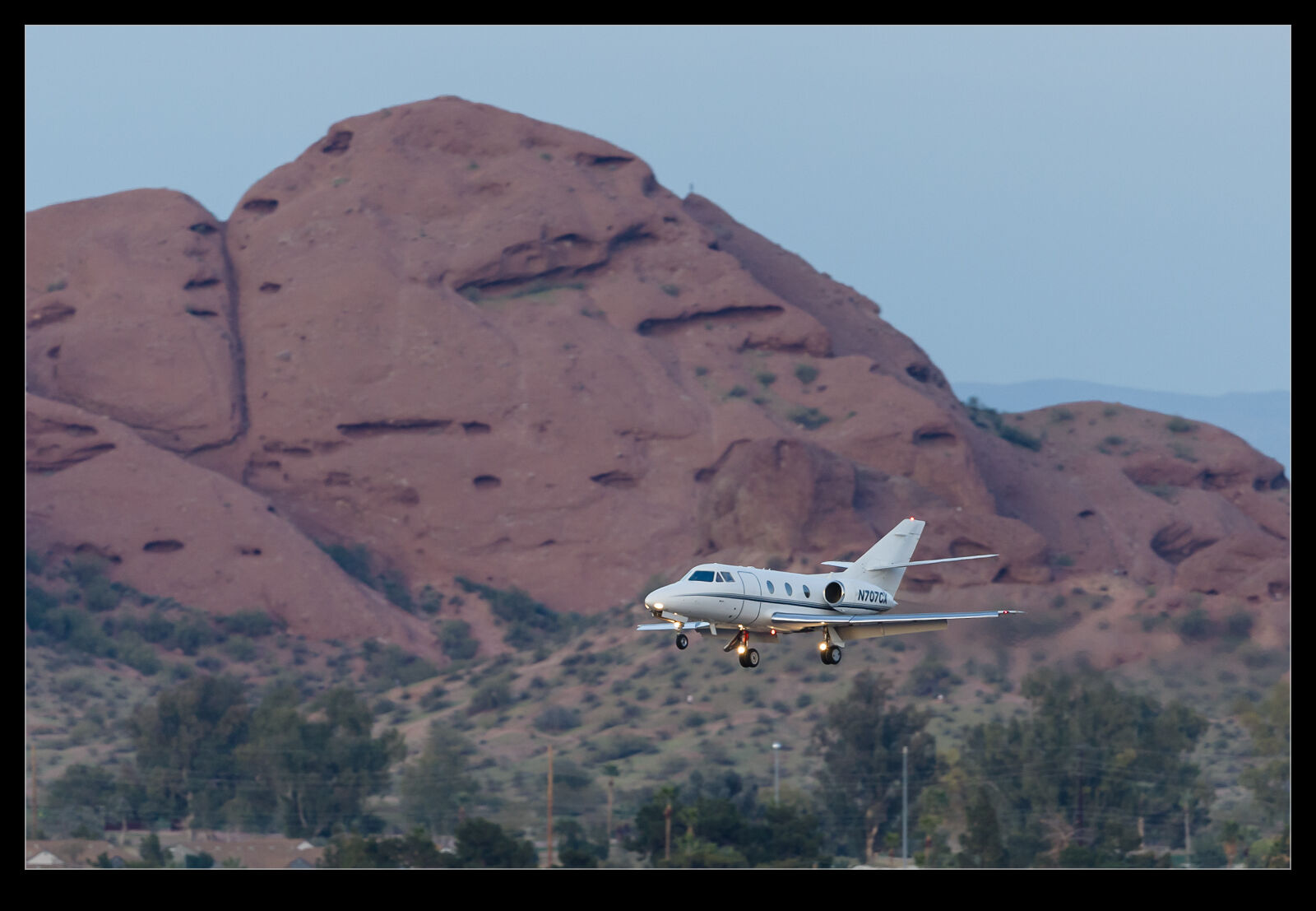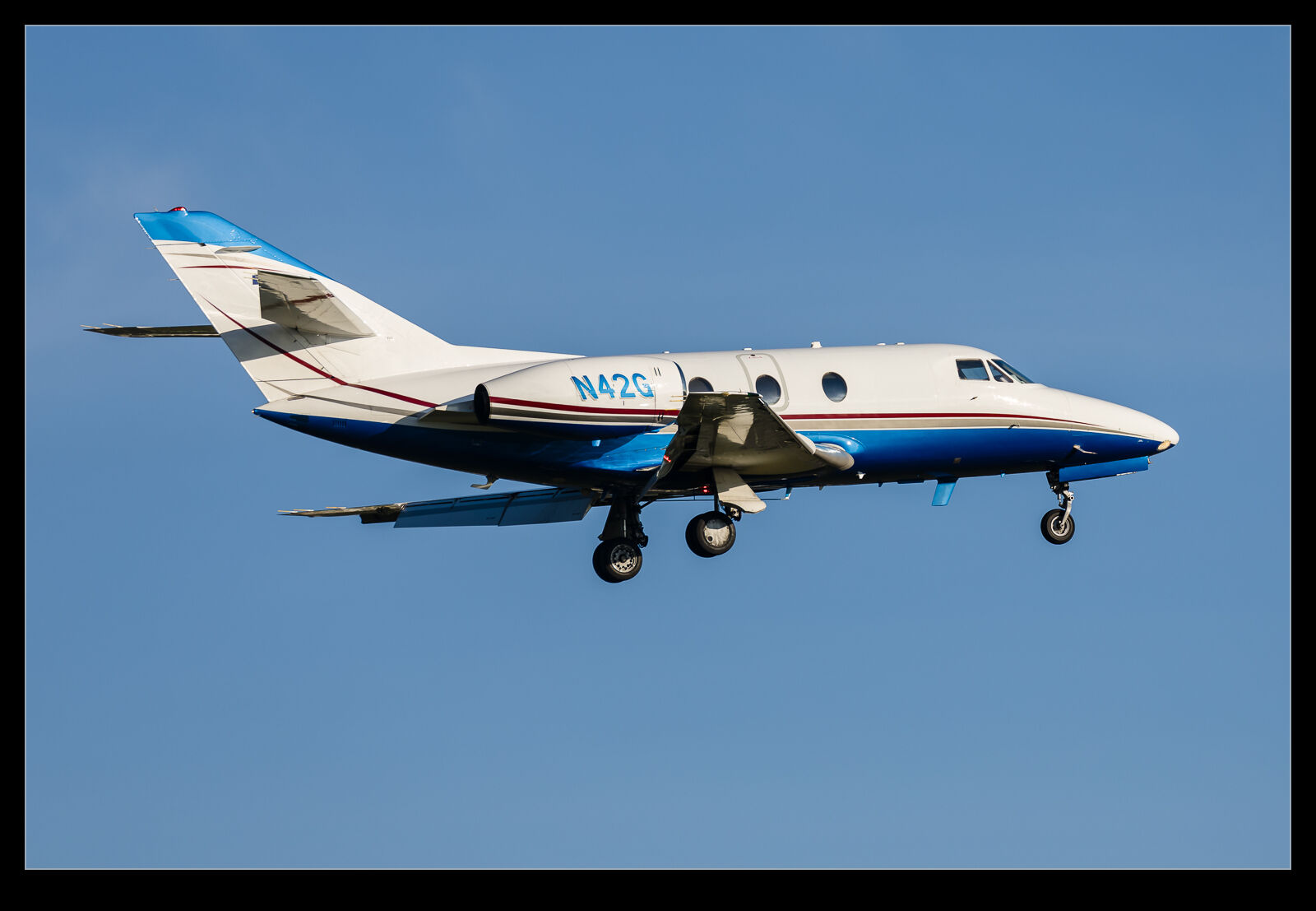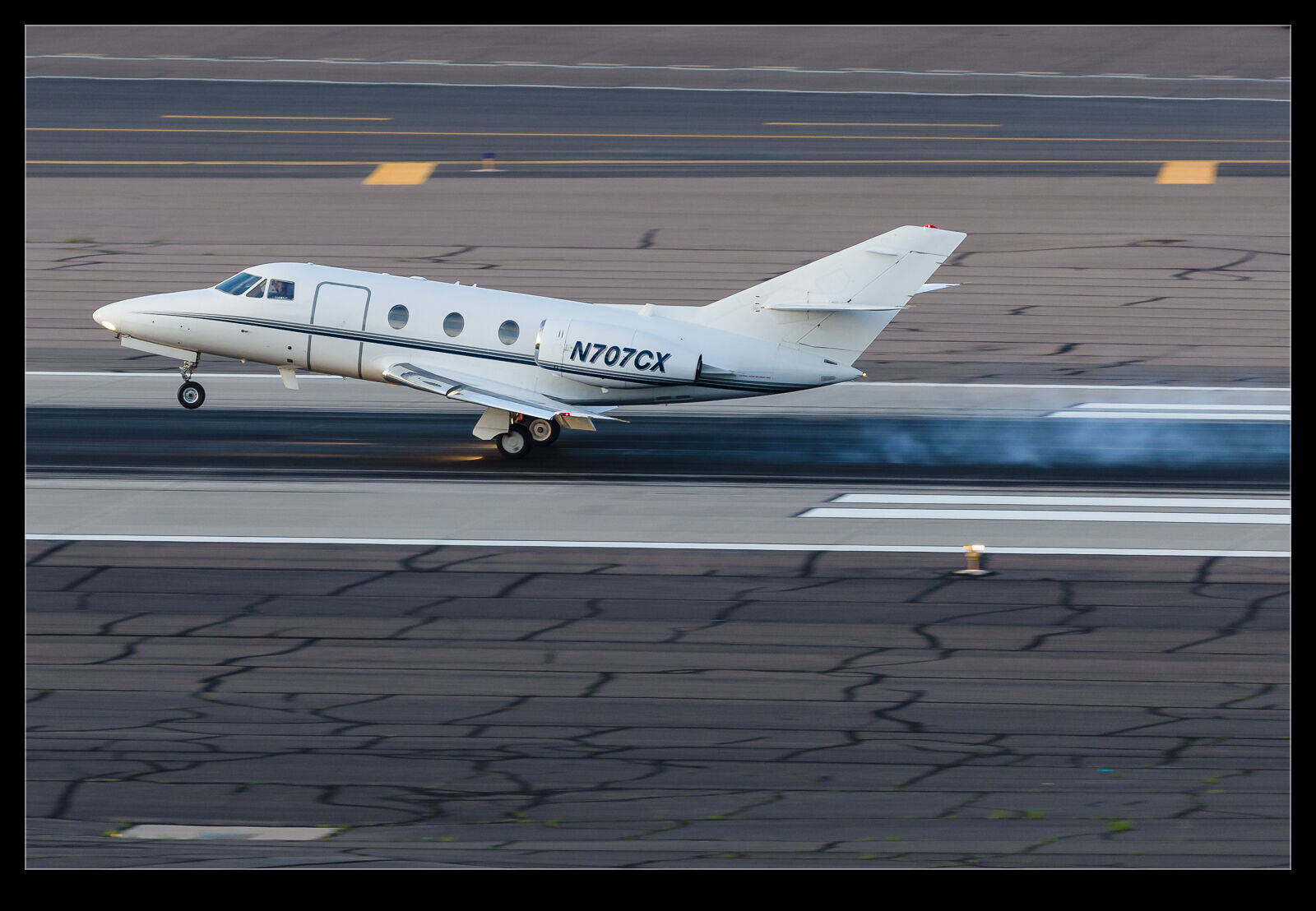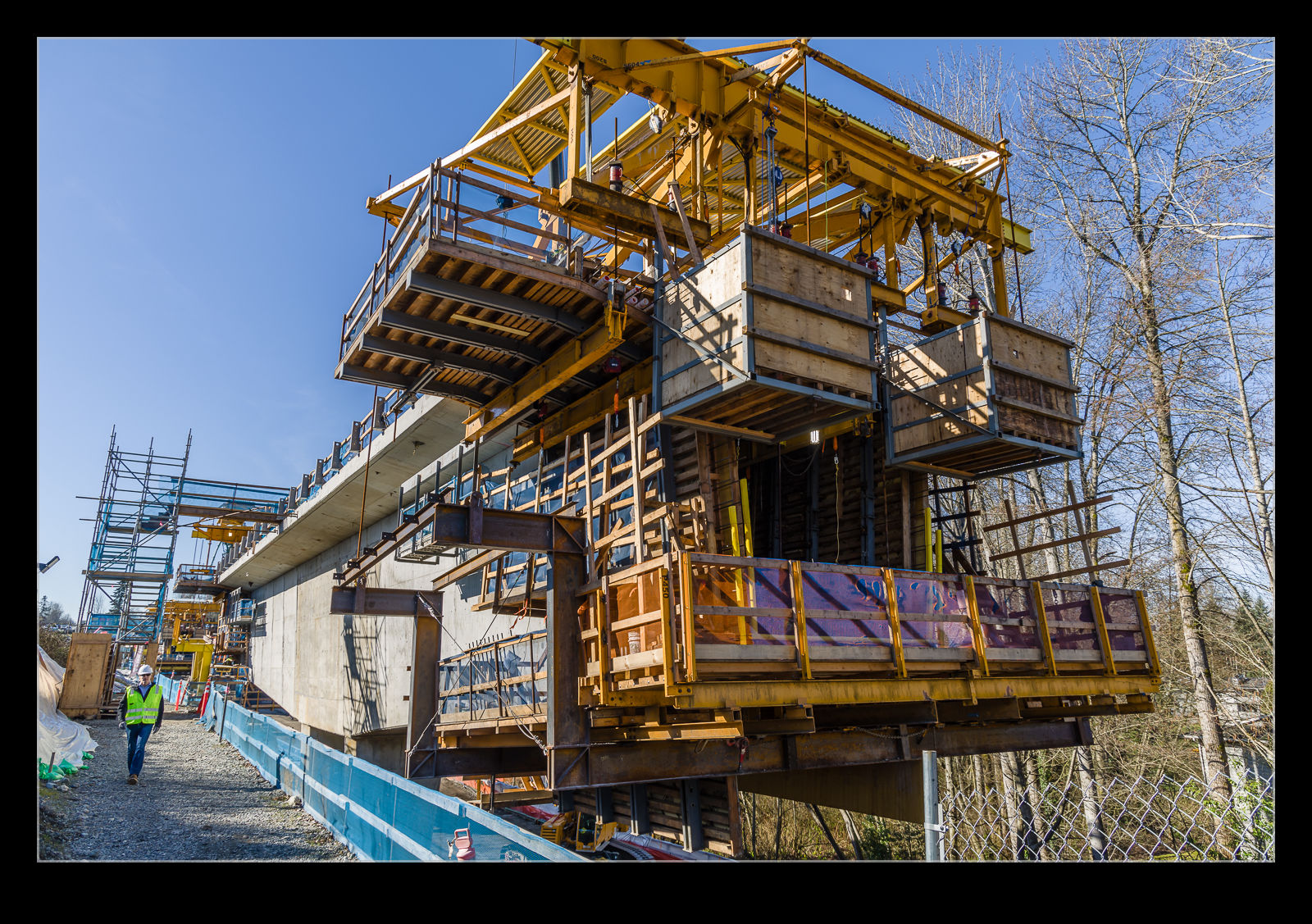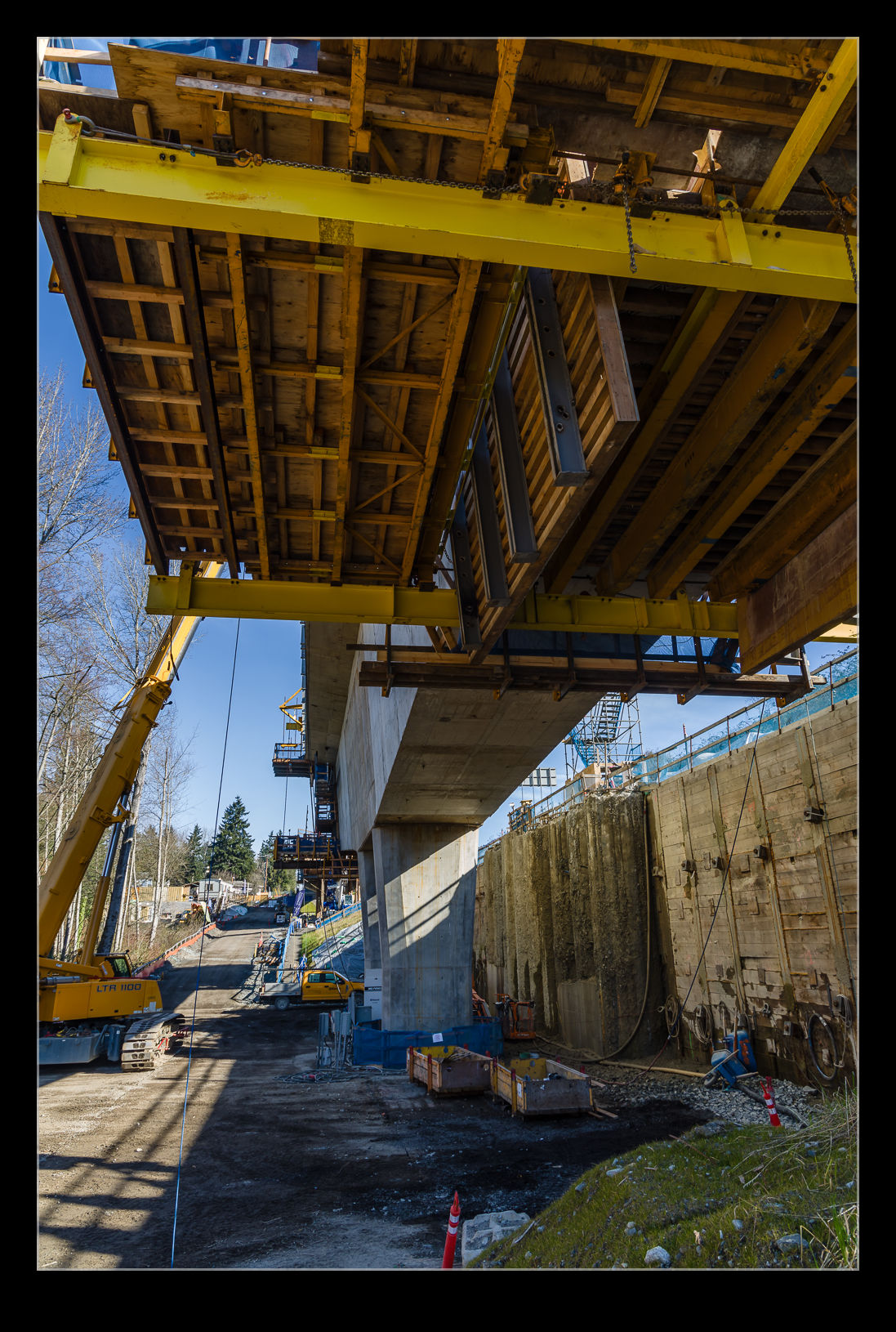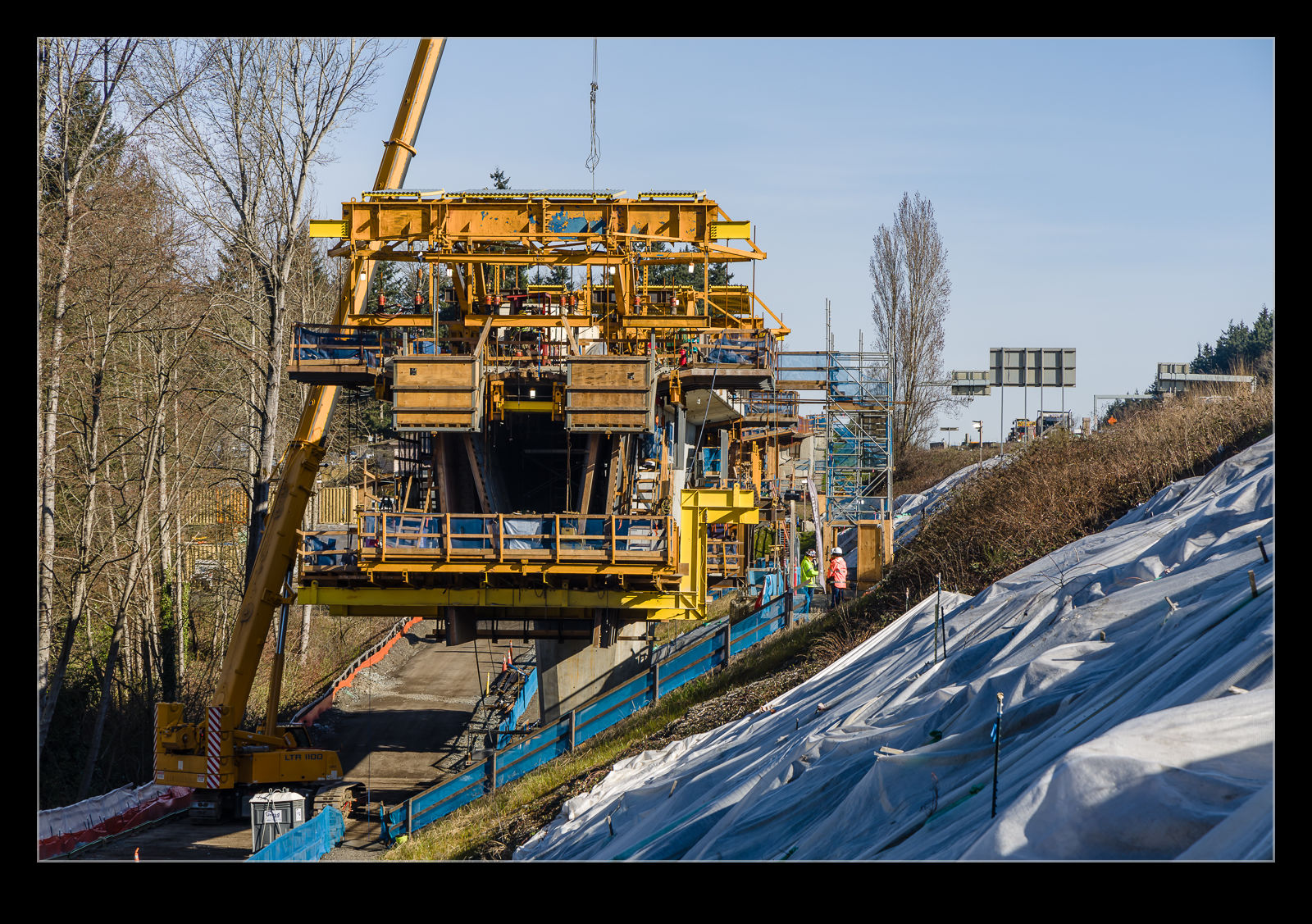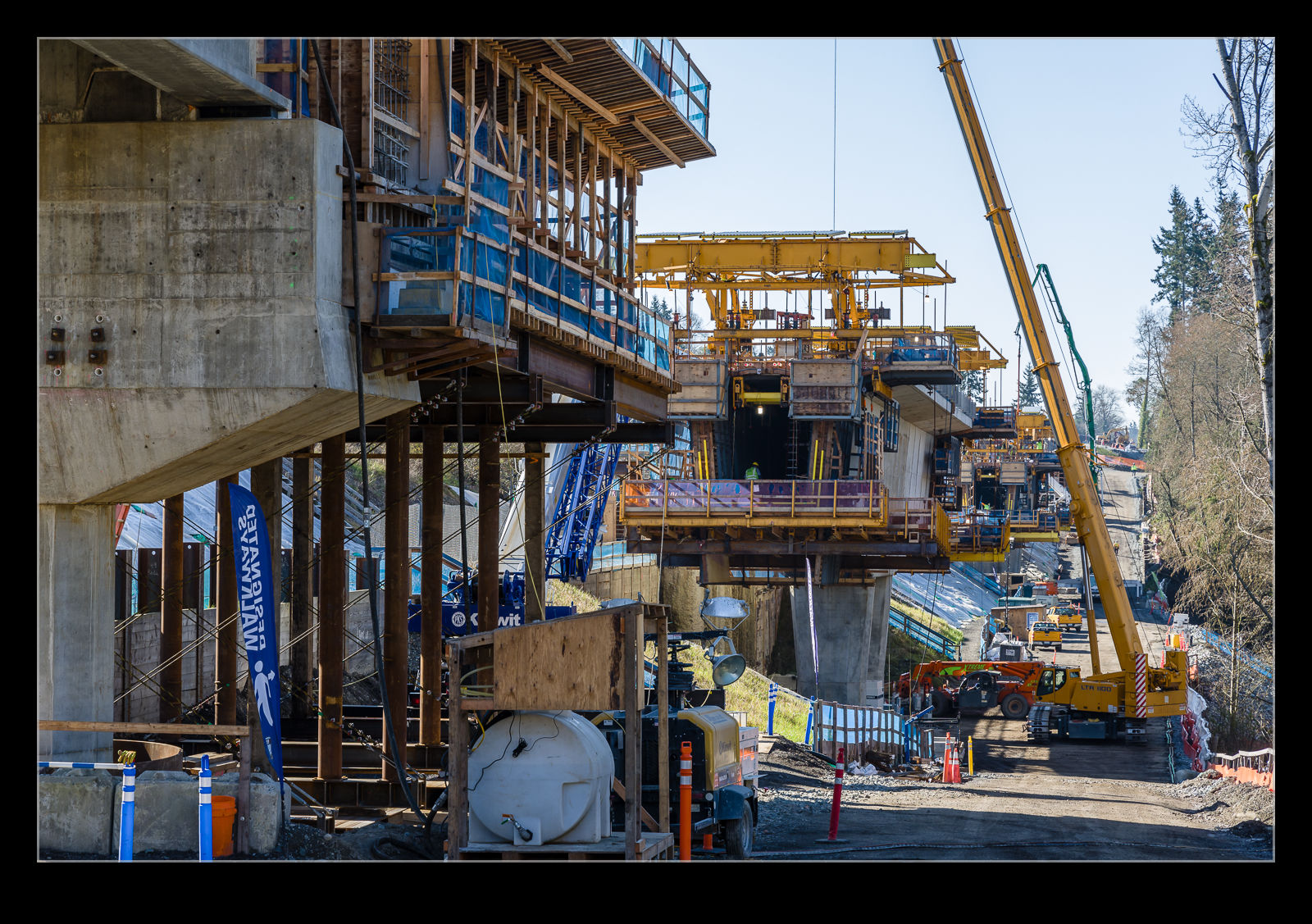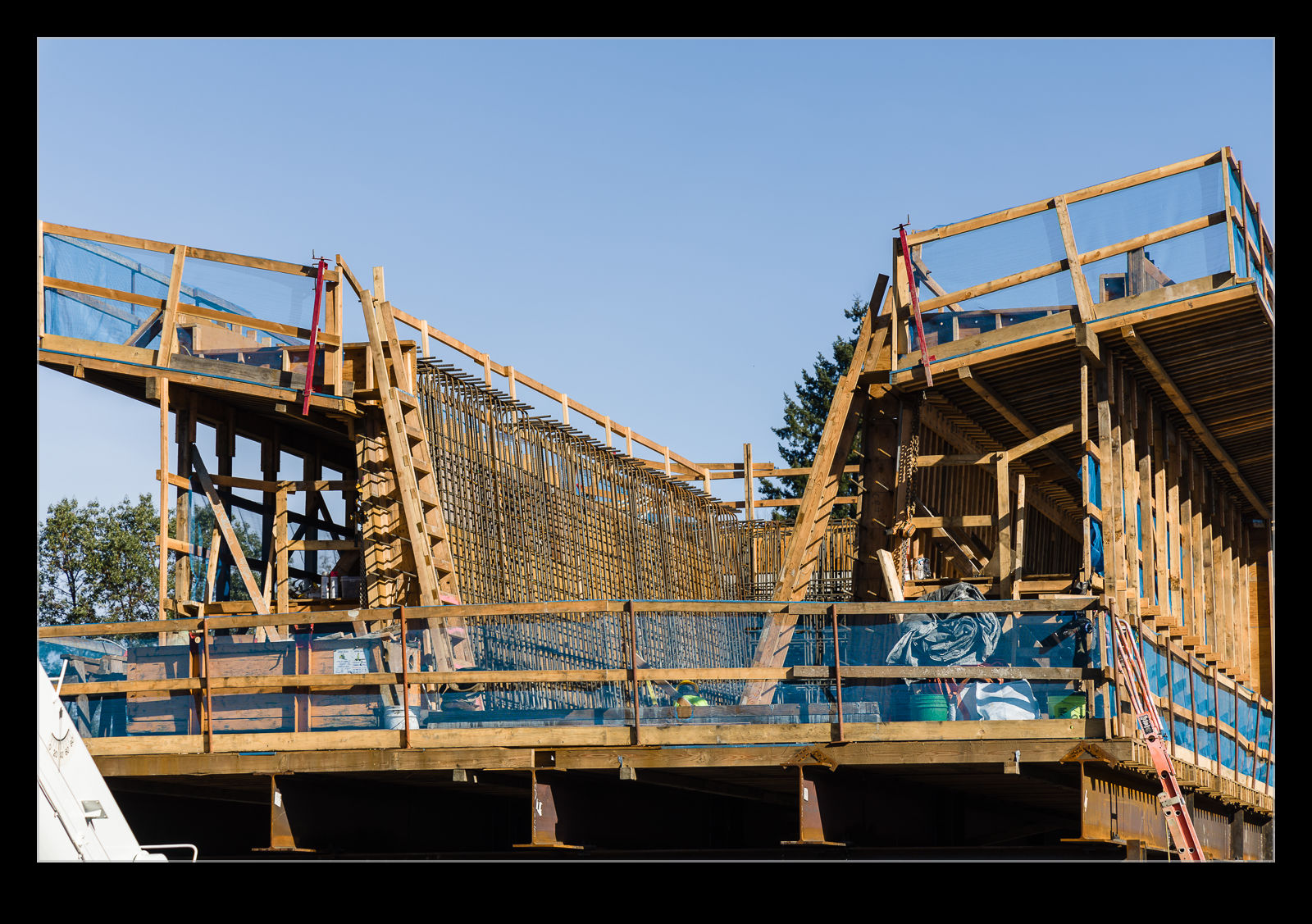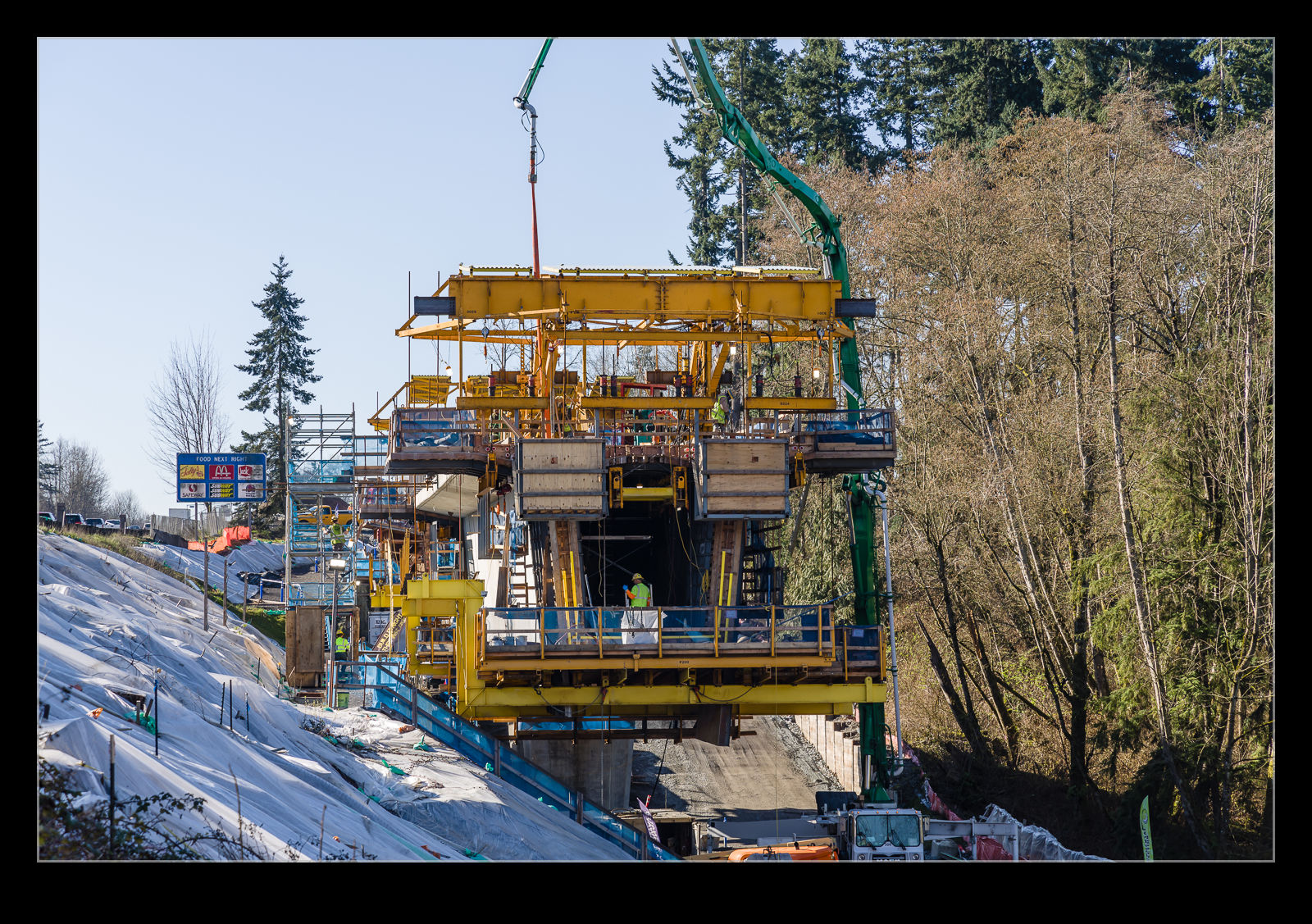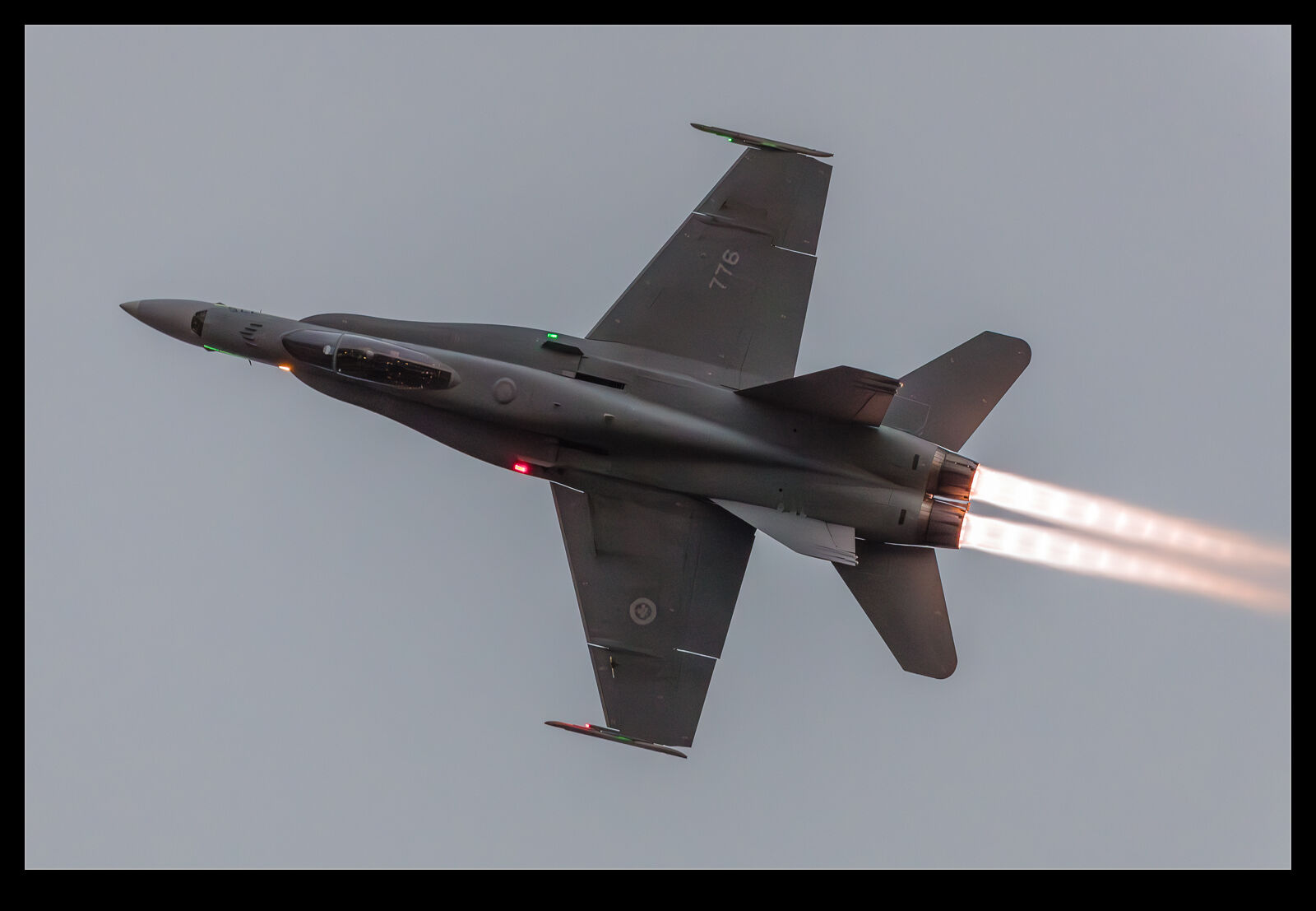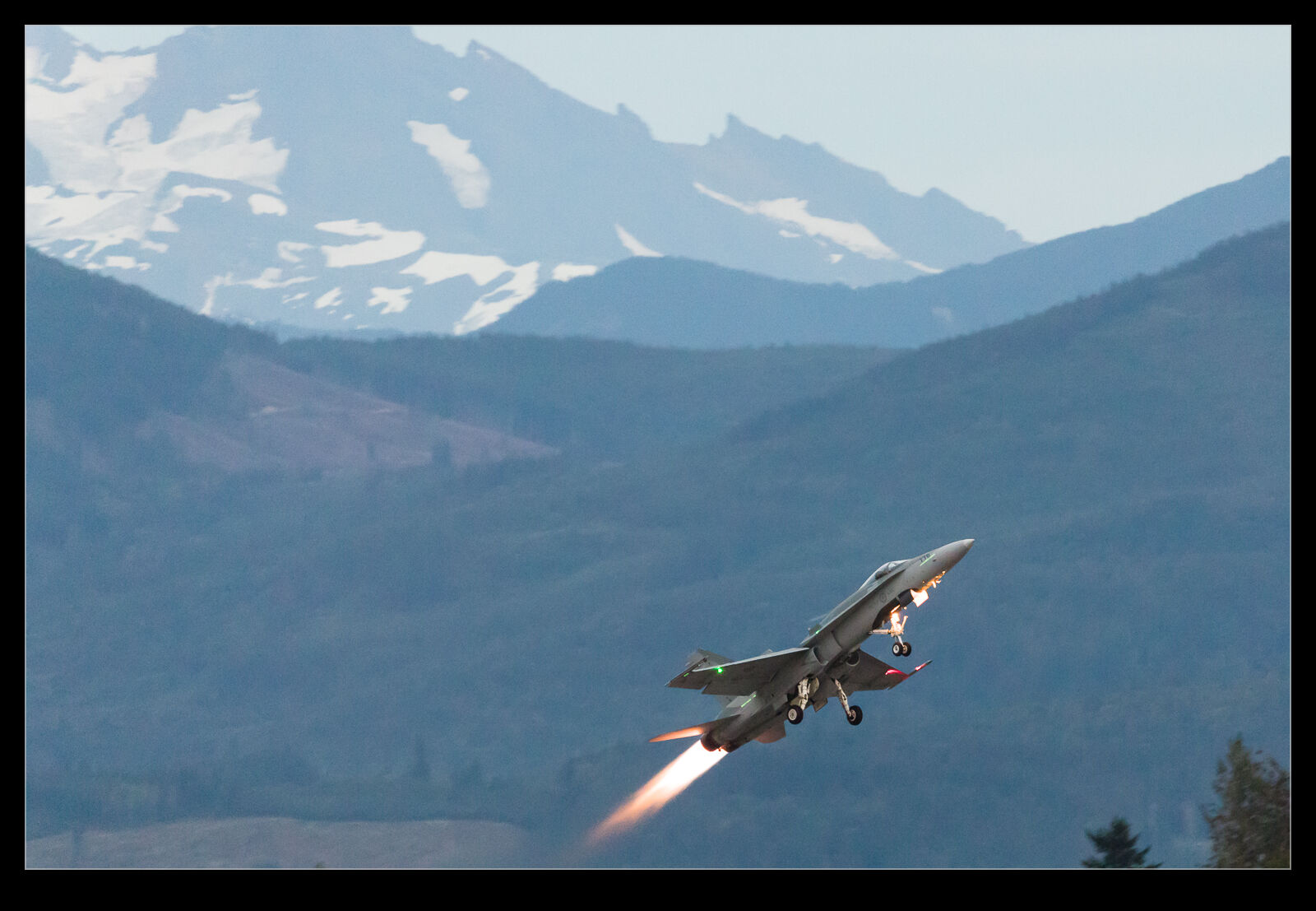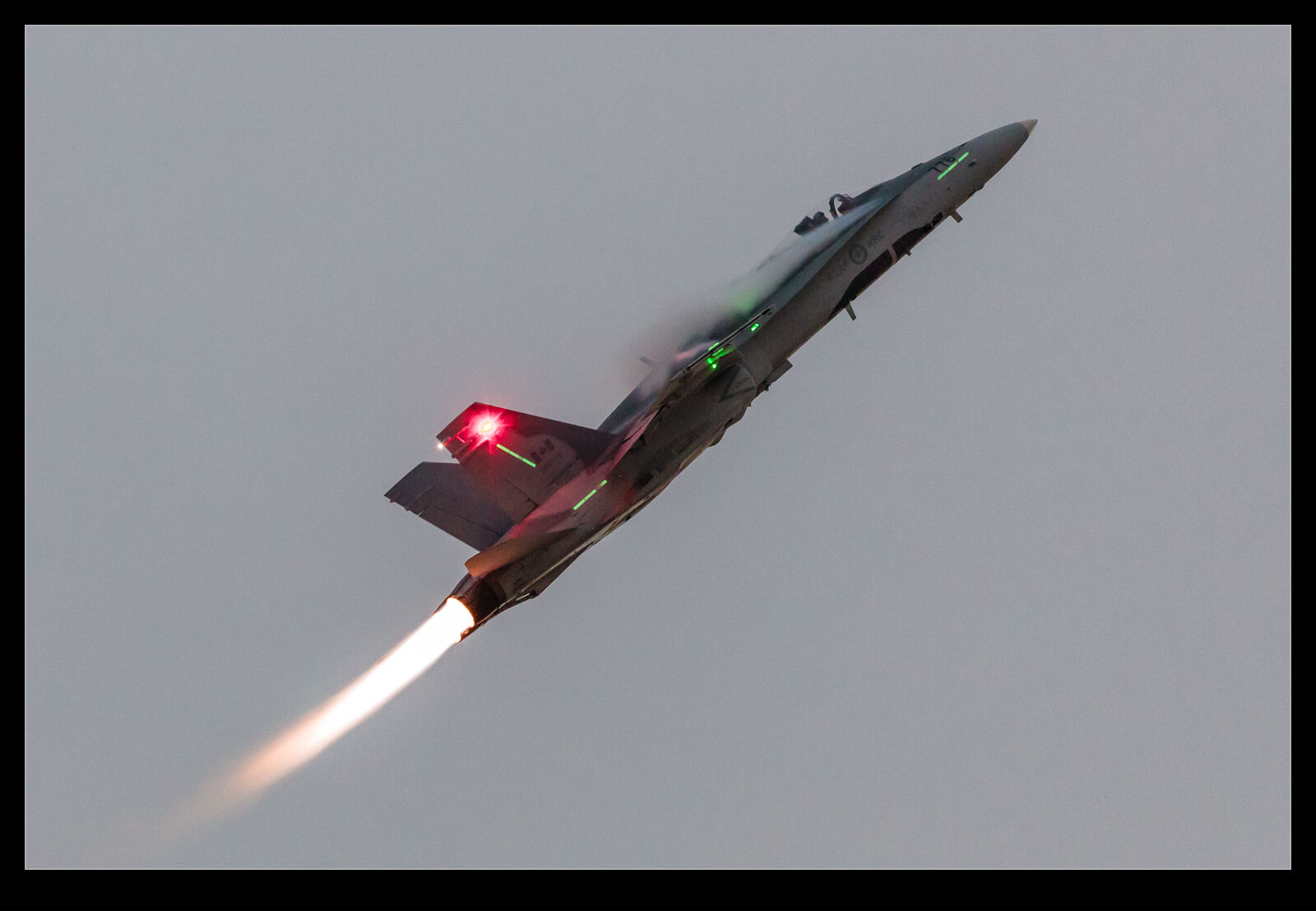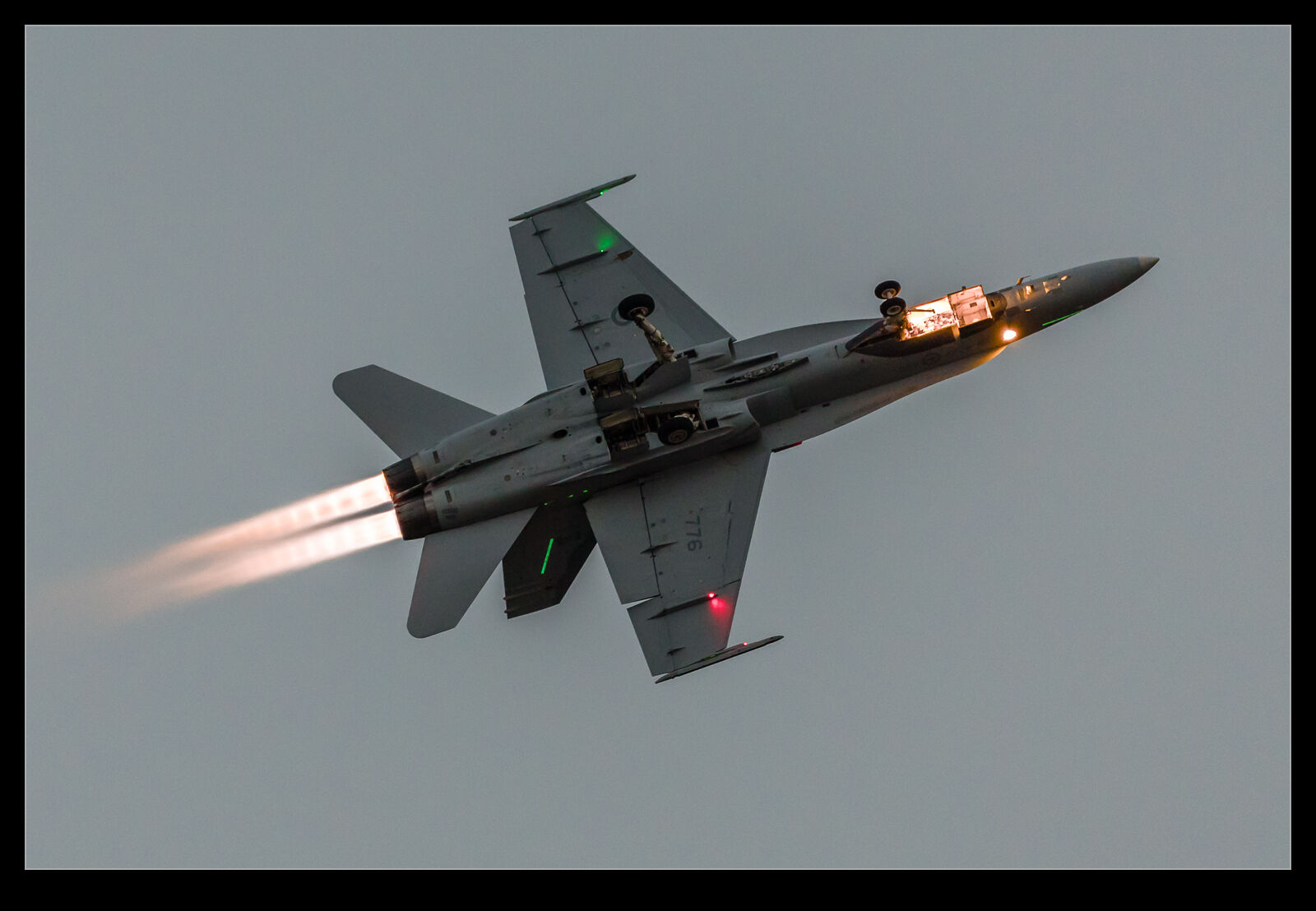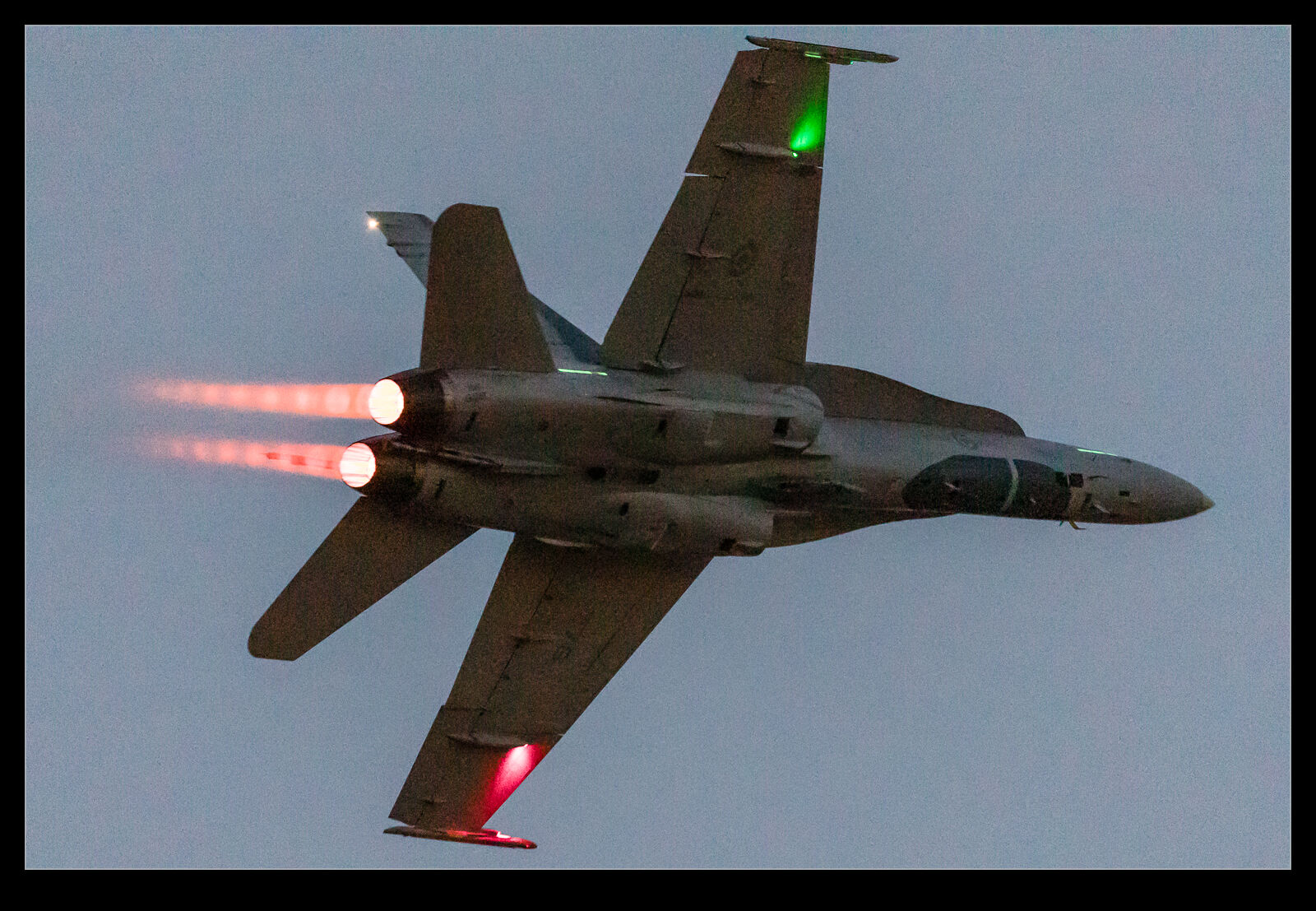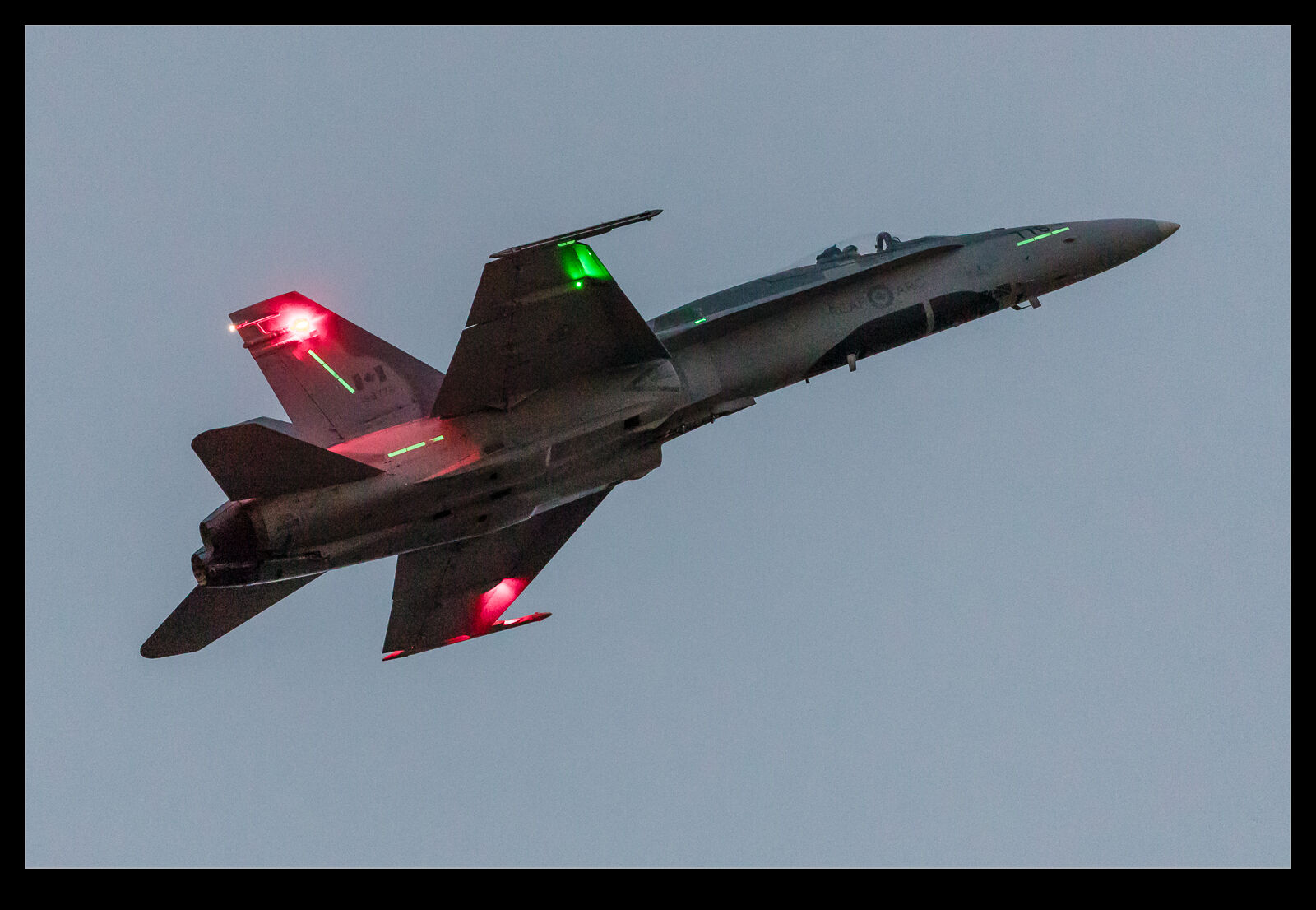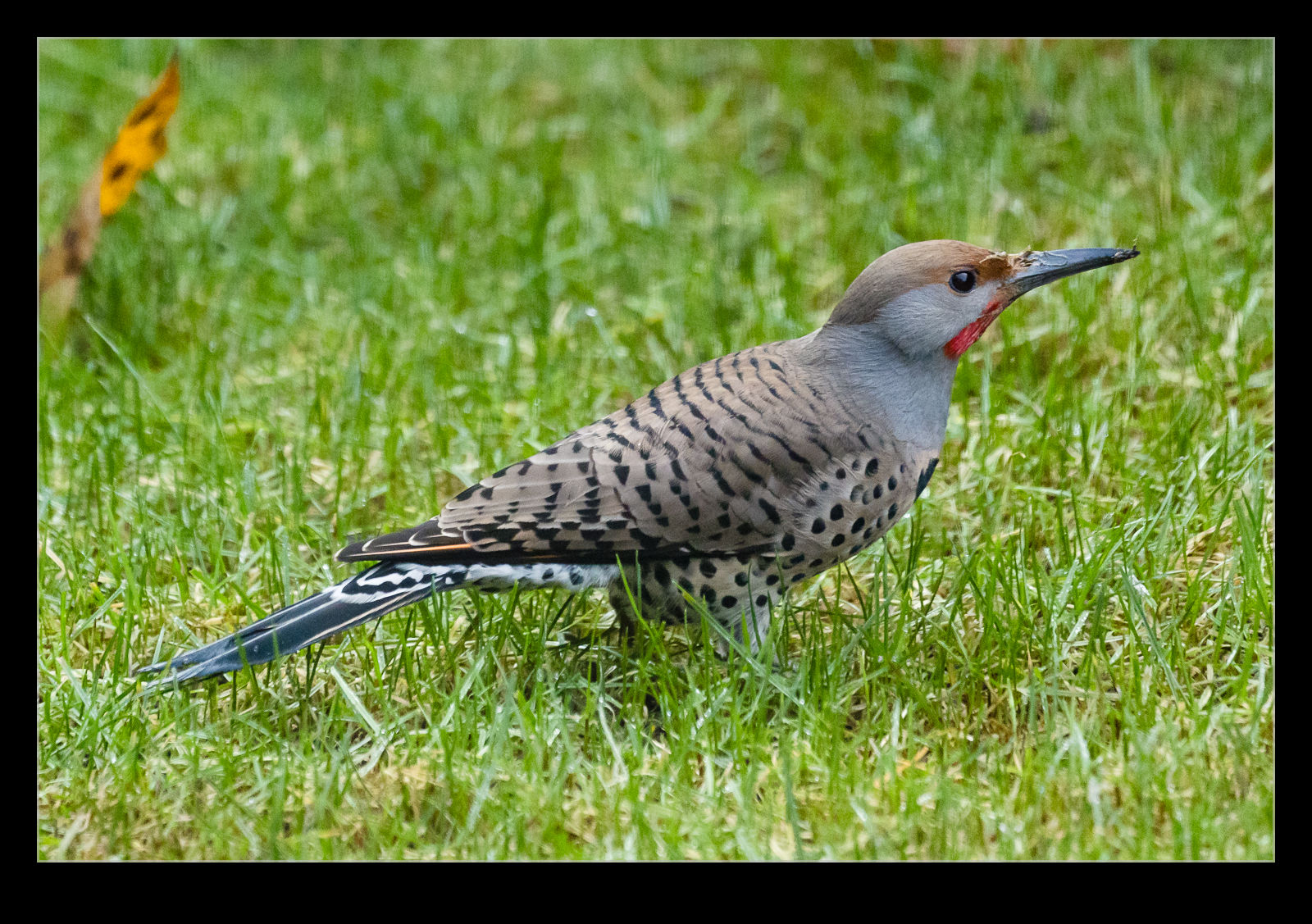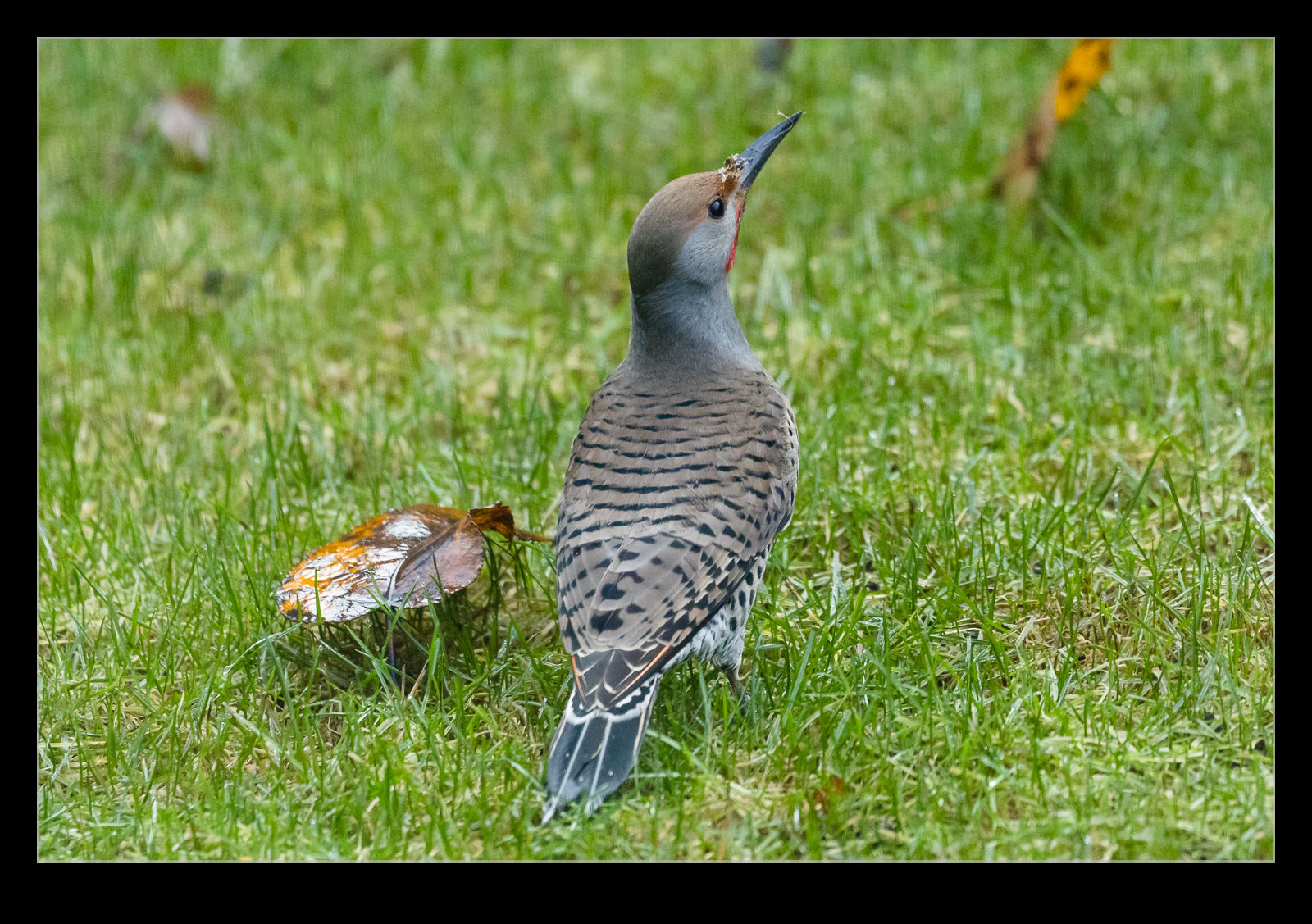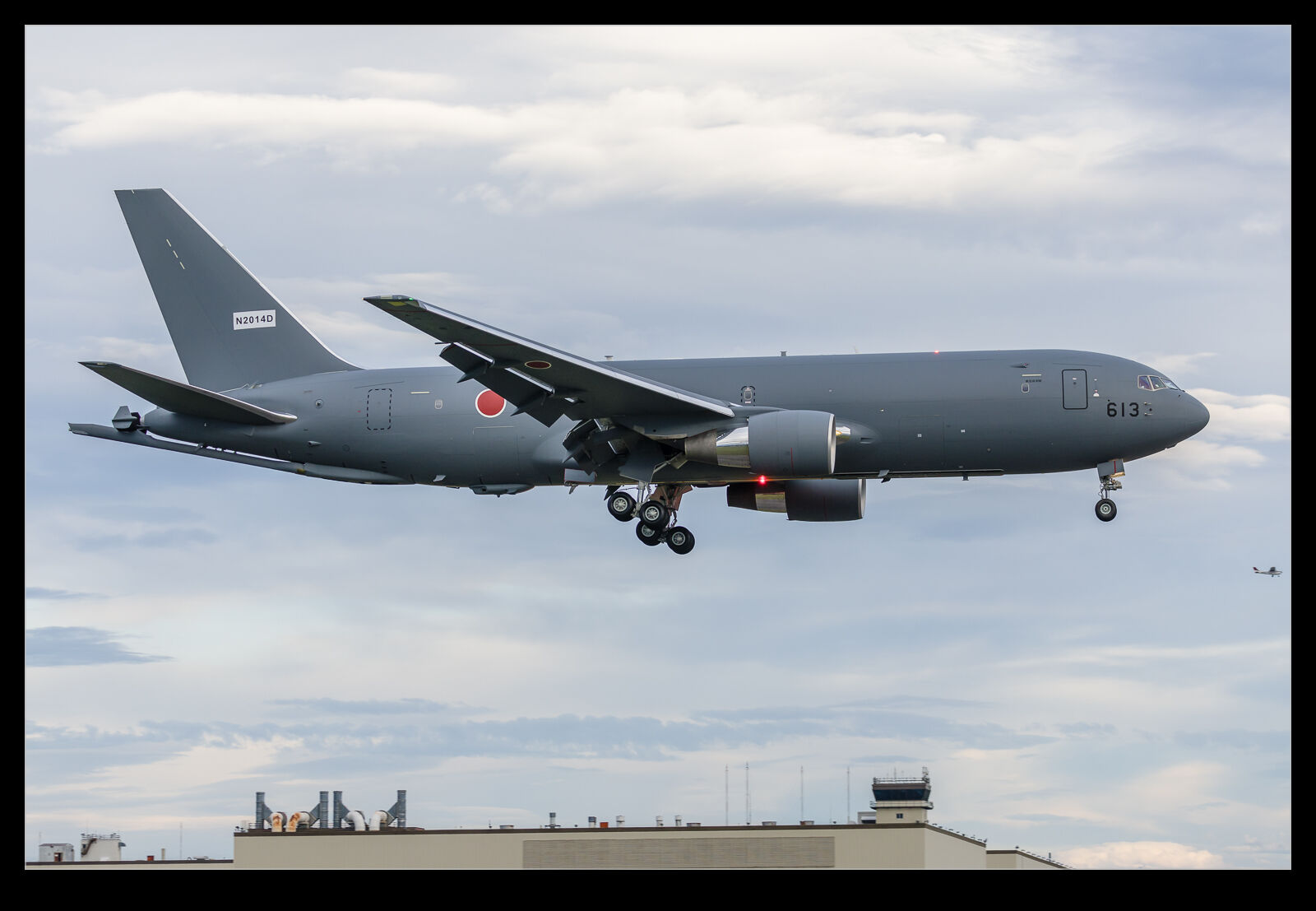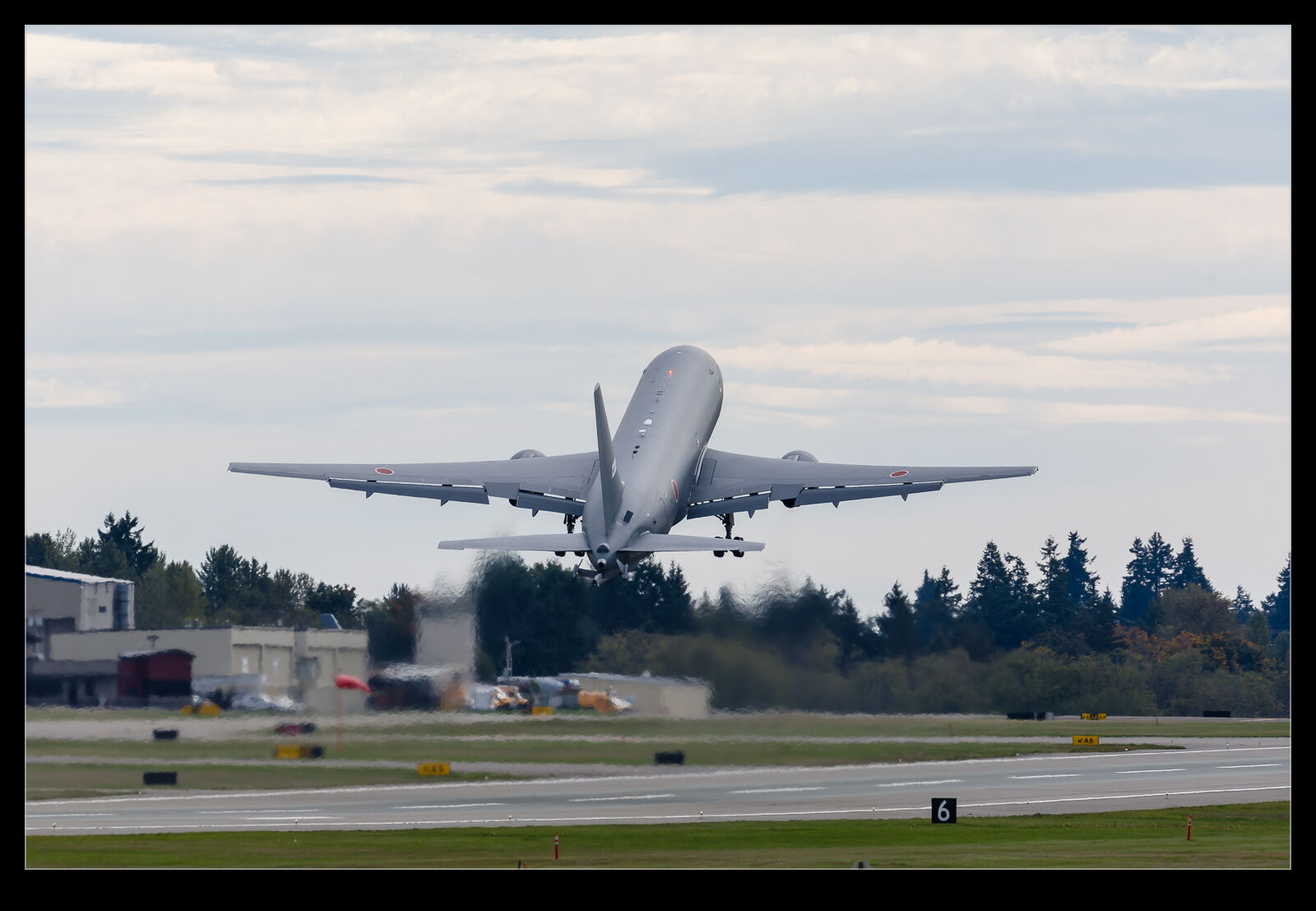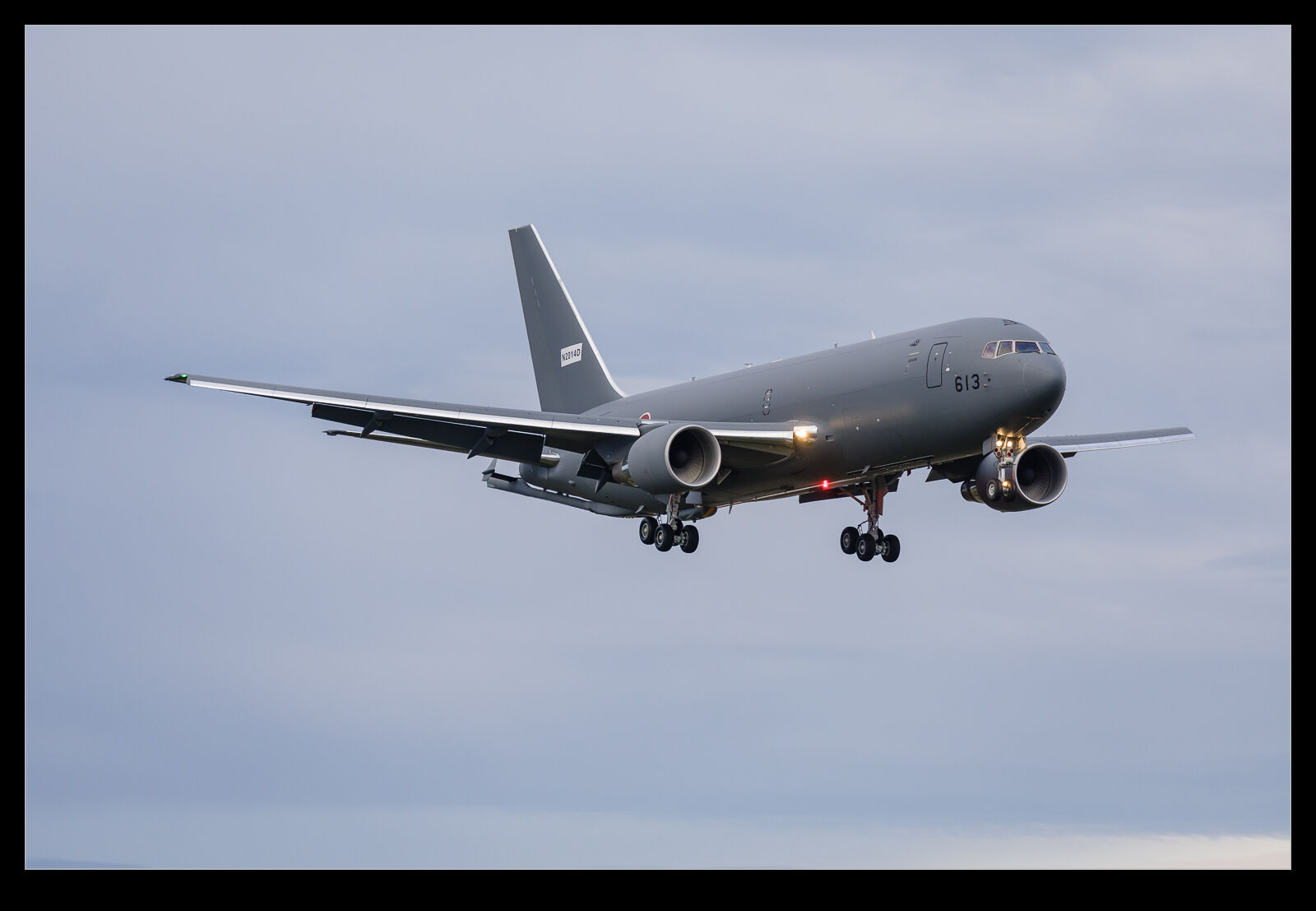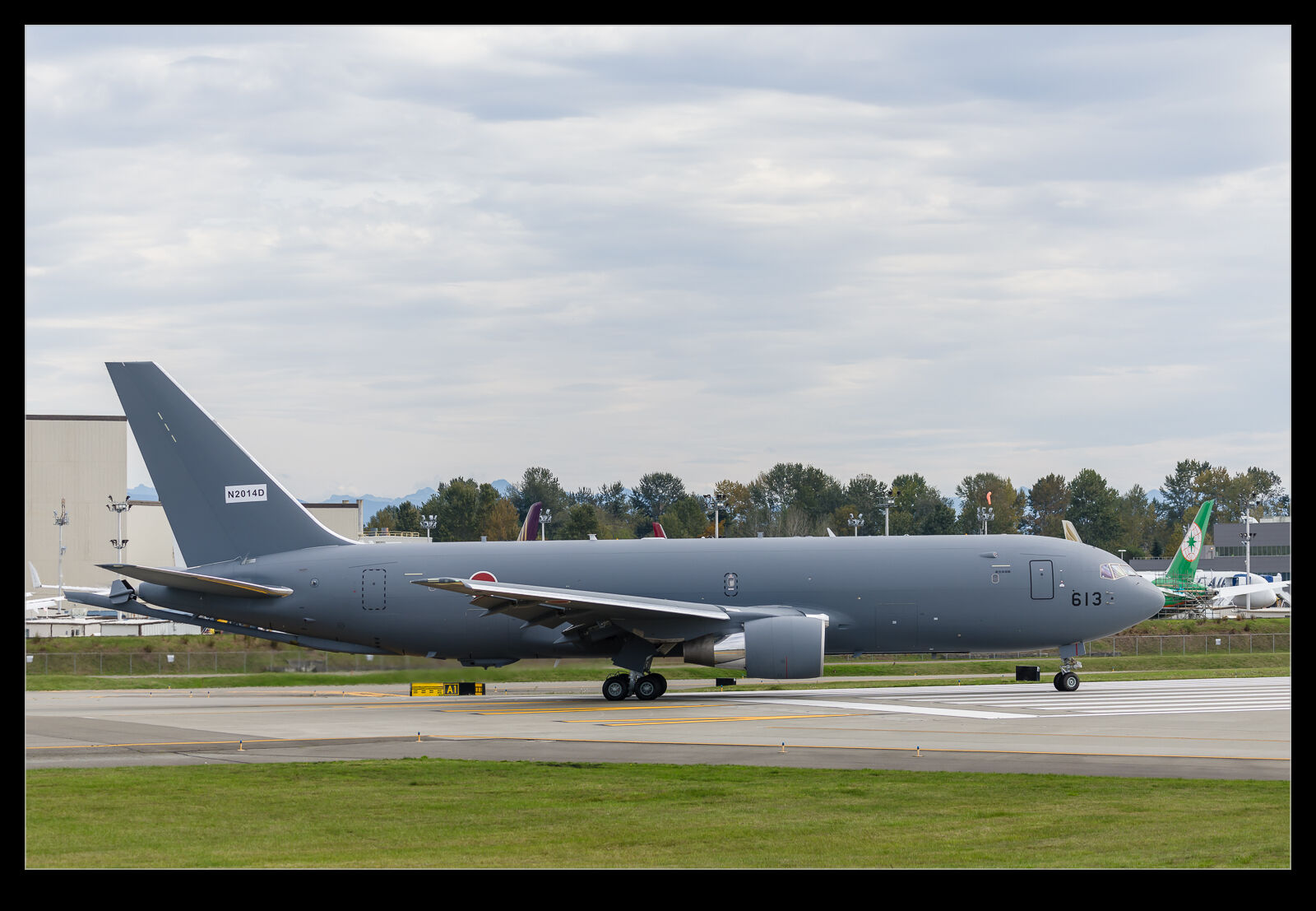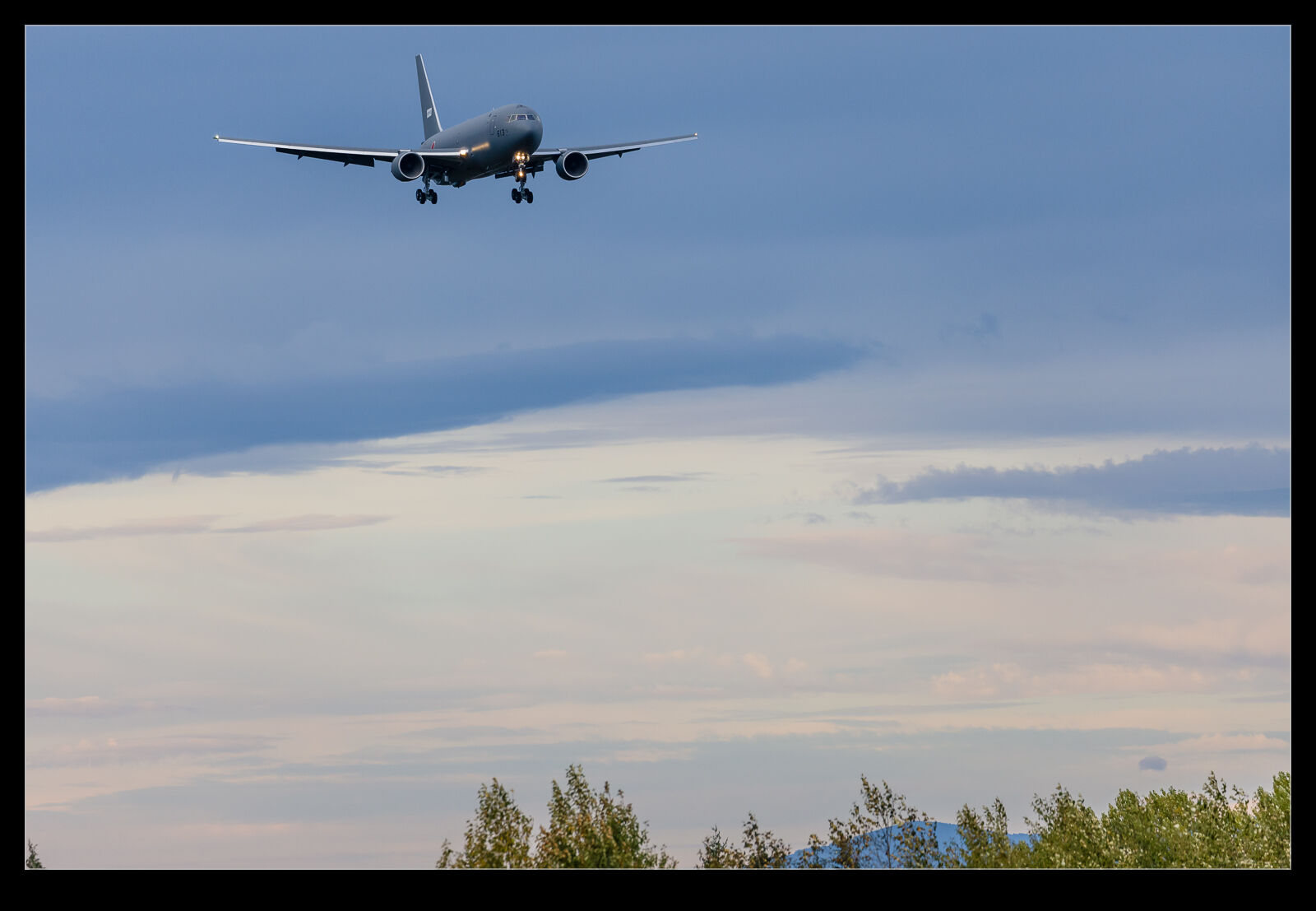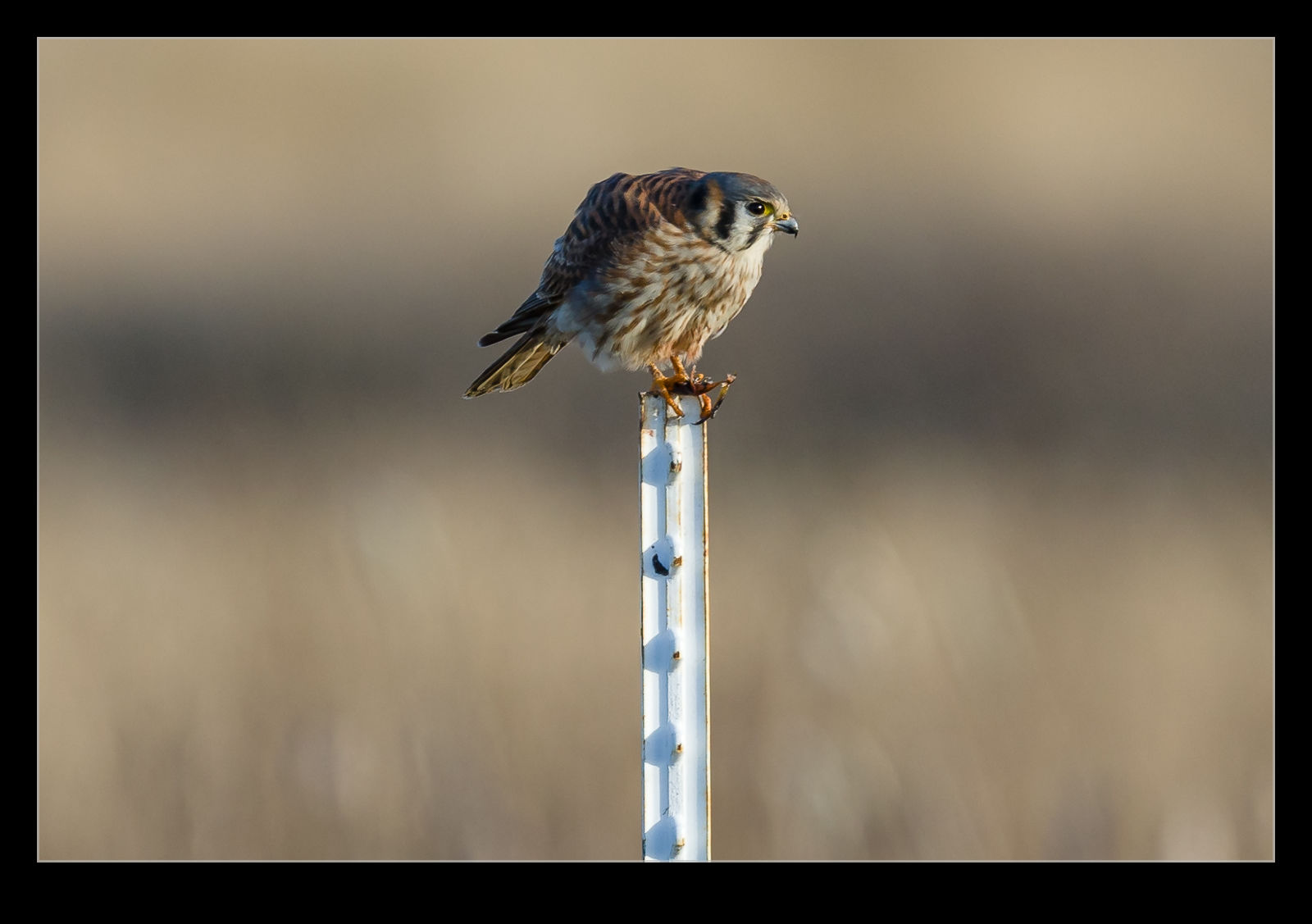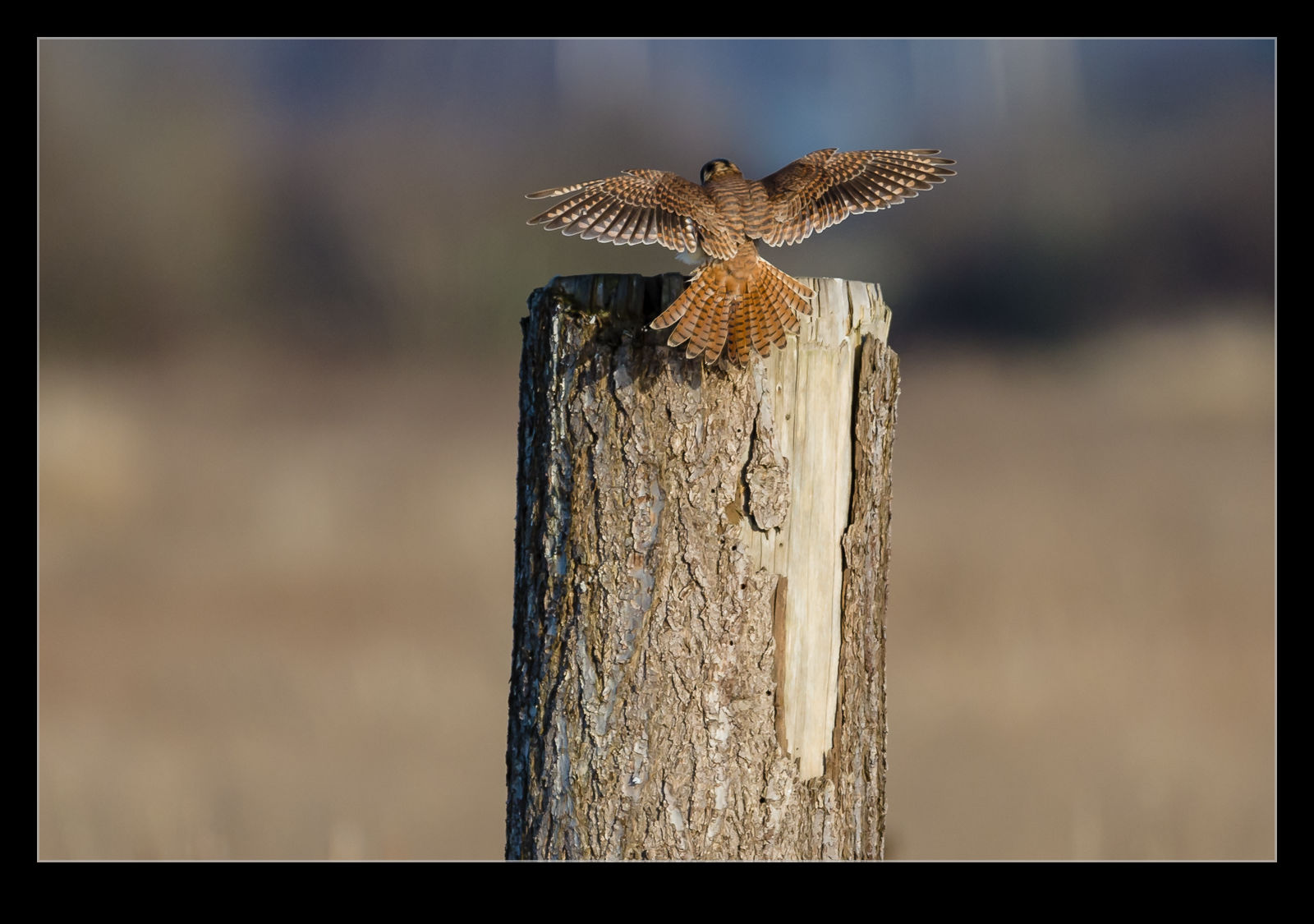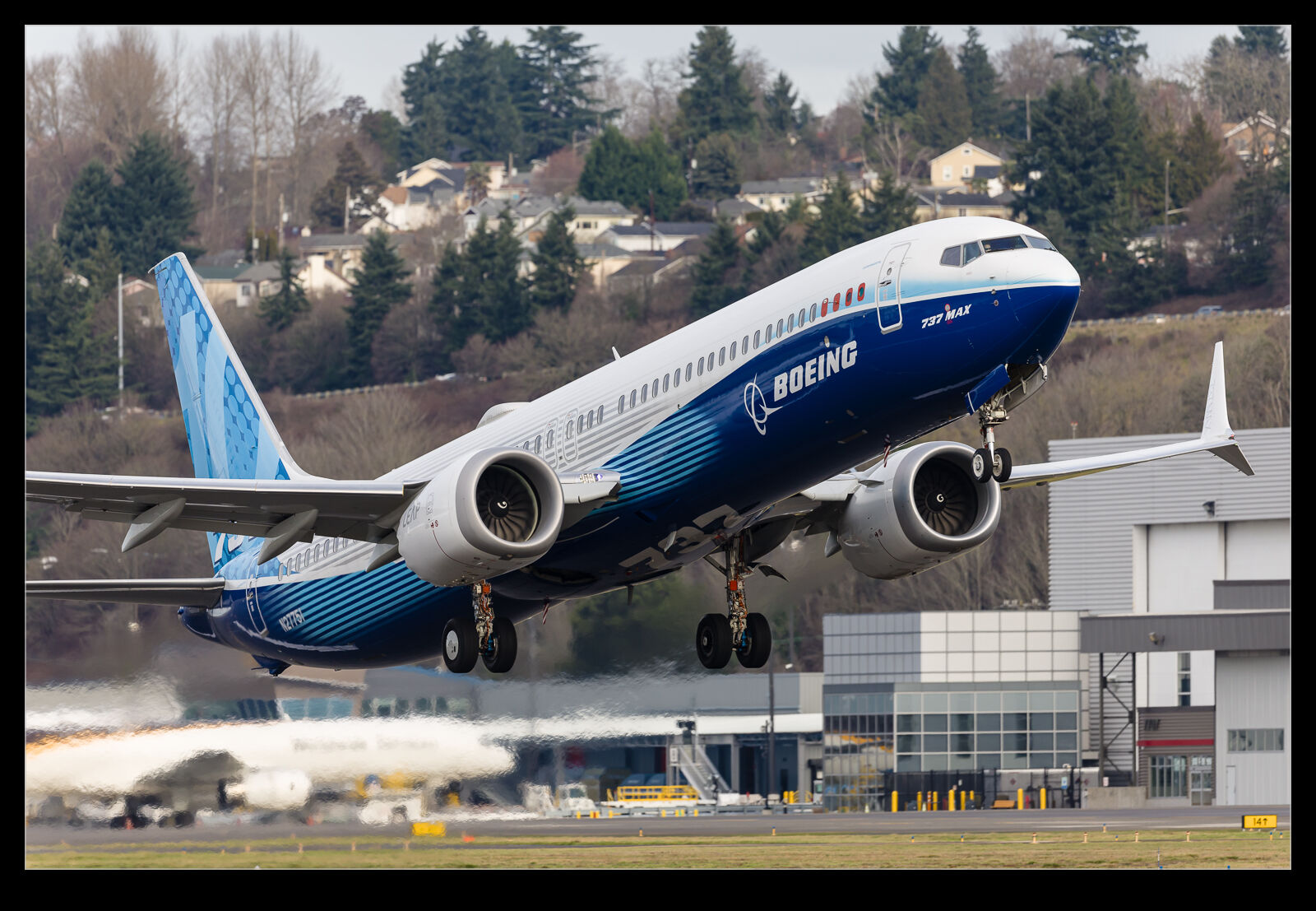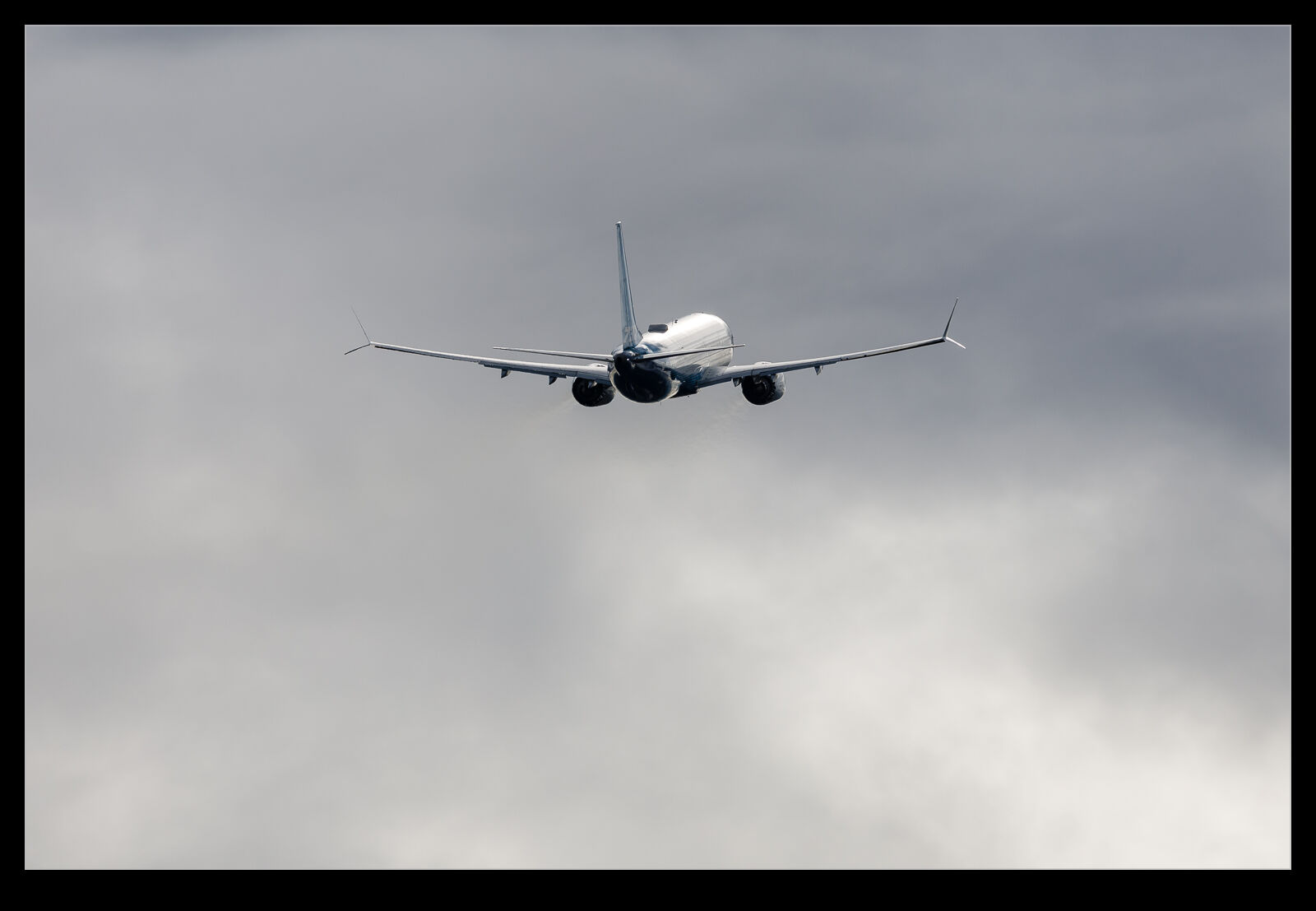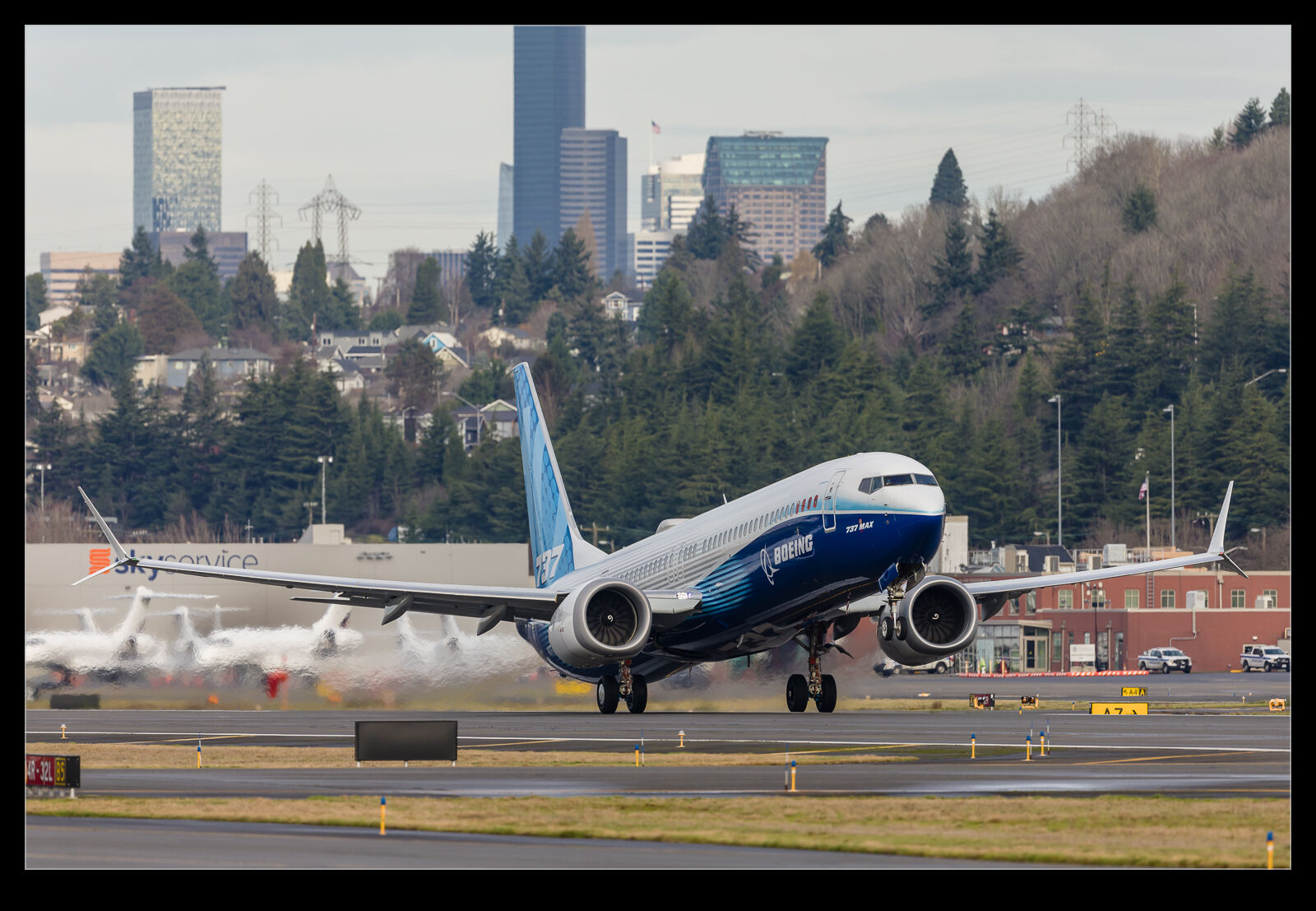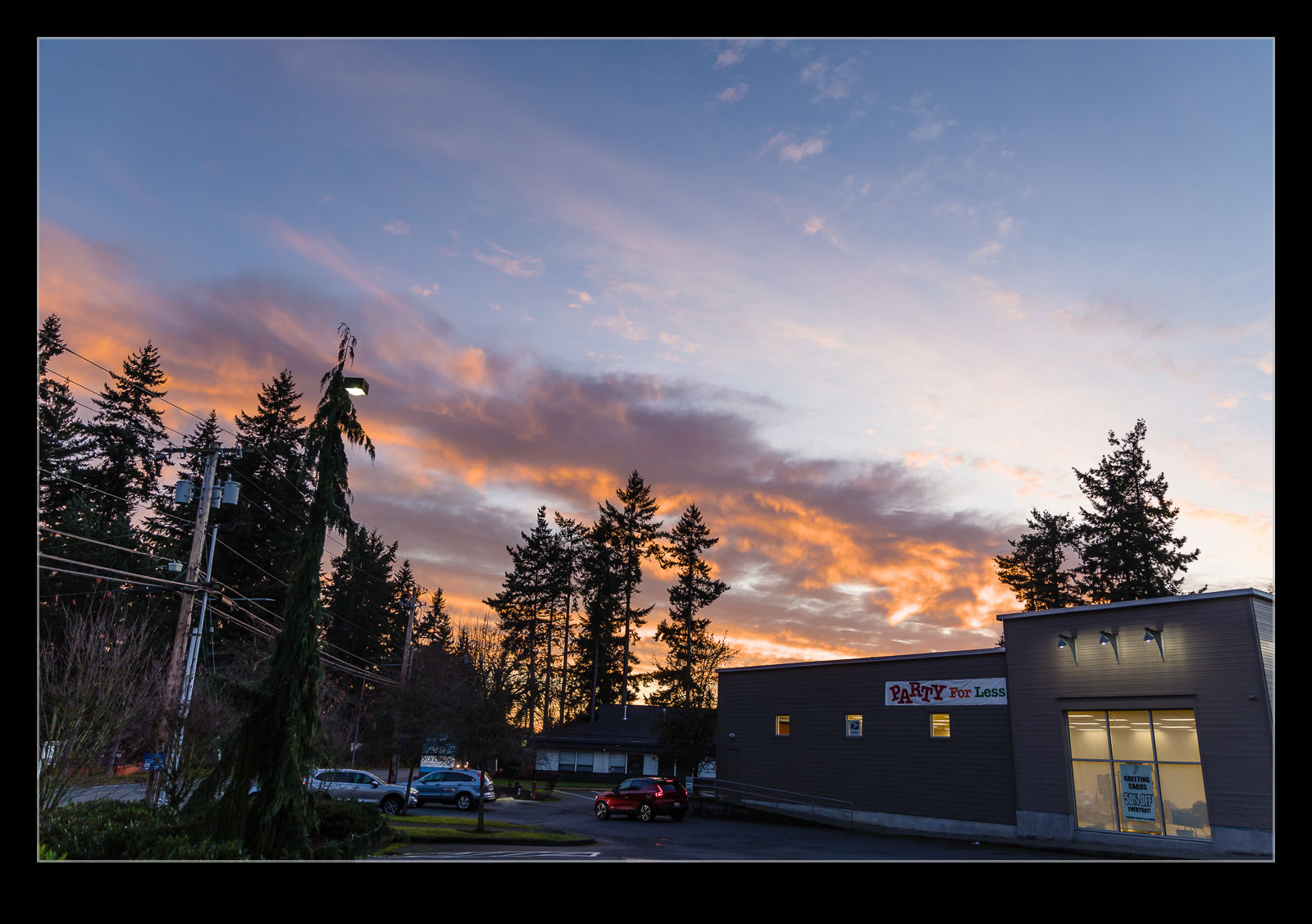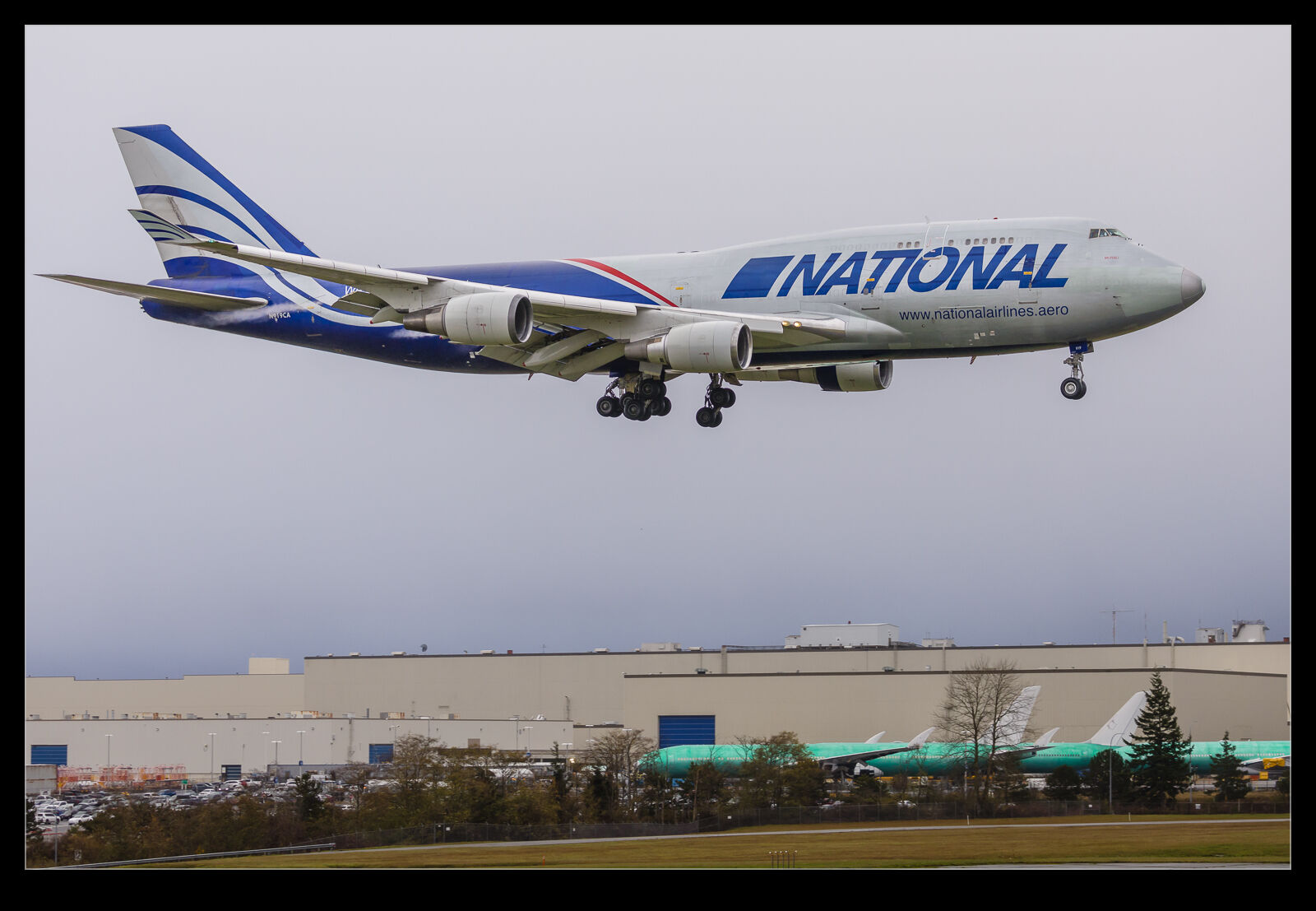 Given that National Airlines has a better than average livery, I will always be happy to get a shot of their planes. The 747s are a favorite given that they are less common post the pandemic. I was therefore really pleased that one was due into Paine Field one weekend. Of course, this is the Pacific Northwest and that means no guarantee of good weather. Sure enough, it was a bit overcast, and the air was damp. I wasn’t going to get gleaming illumination of the airframe, but I might get some vapor.
Given that National Airlines has a better than average livery, I will always be happy to get a shot of their planes. The 747s are a favorite given that they are less common post the pandemic. I was therefore really pleased that one was due into Paine Field one weekend. Of course, this is the Pacific Northwest and that means no guarantee of good weather. Sure enough, it was a bit overcast, and the air was damp. I wasn’t going to get gleaming illumination of the airframe, but I might get some vapor.
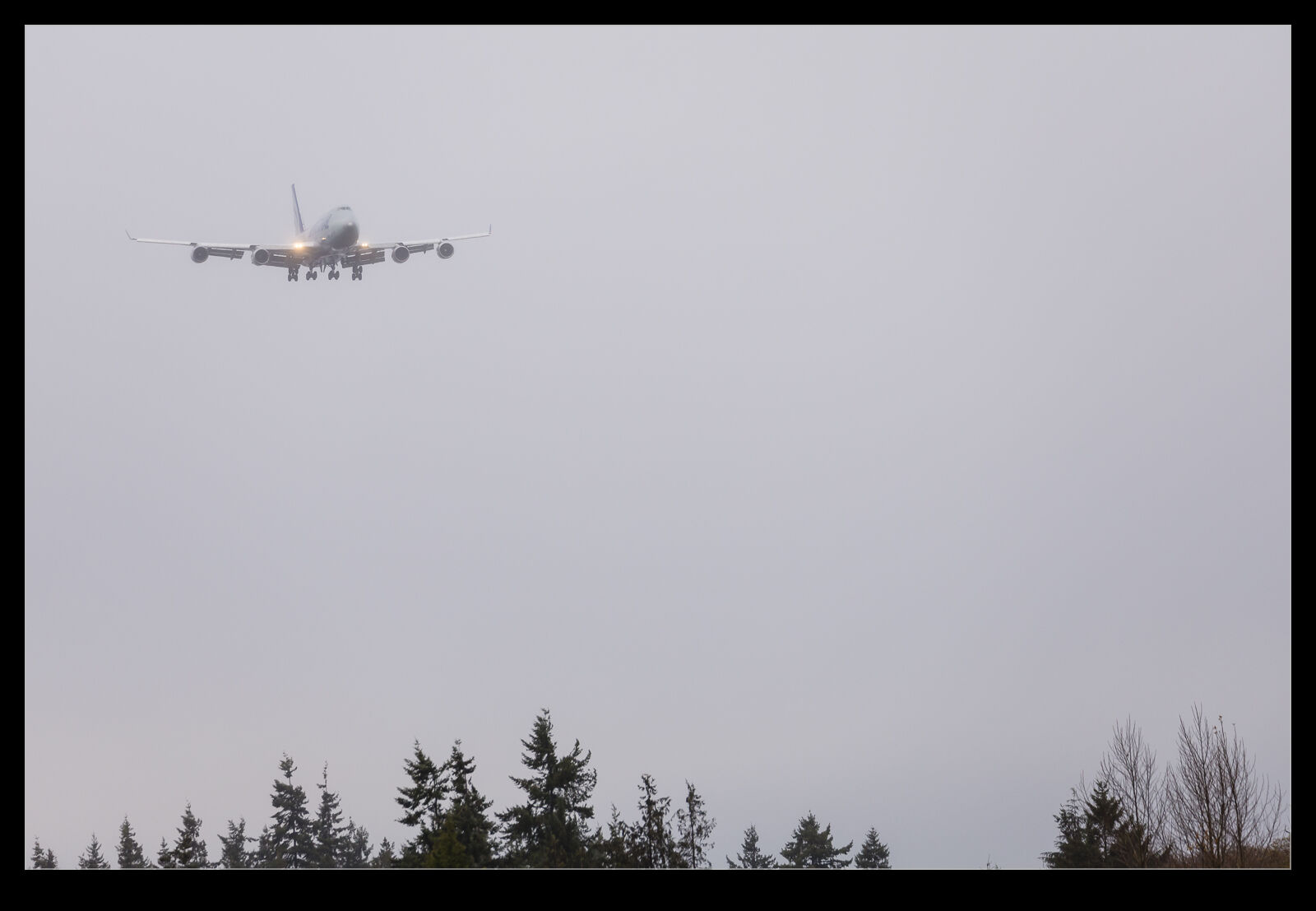 Things weren’t that great but there were some vortices streaming from the flaps as they came across the threshold at the north end of the airport. The grey of the livery was blending a bit with the clouds behind it, but the blues did still have a bit of punch to them. It could have been better, but it was still something I was pleased to get.
Things weren’t that great but there were some vortices streaming from the flaps as they came across the threshold at the north end of the airport. The grey of the livery was blending a bit with the clouds behind it, but the blues did still have a bit of punch to them. It could have been better, but it was still something I was pleased to get.
